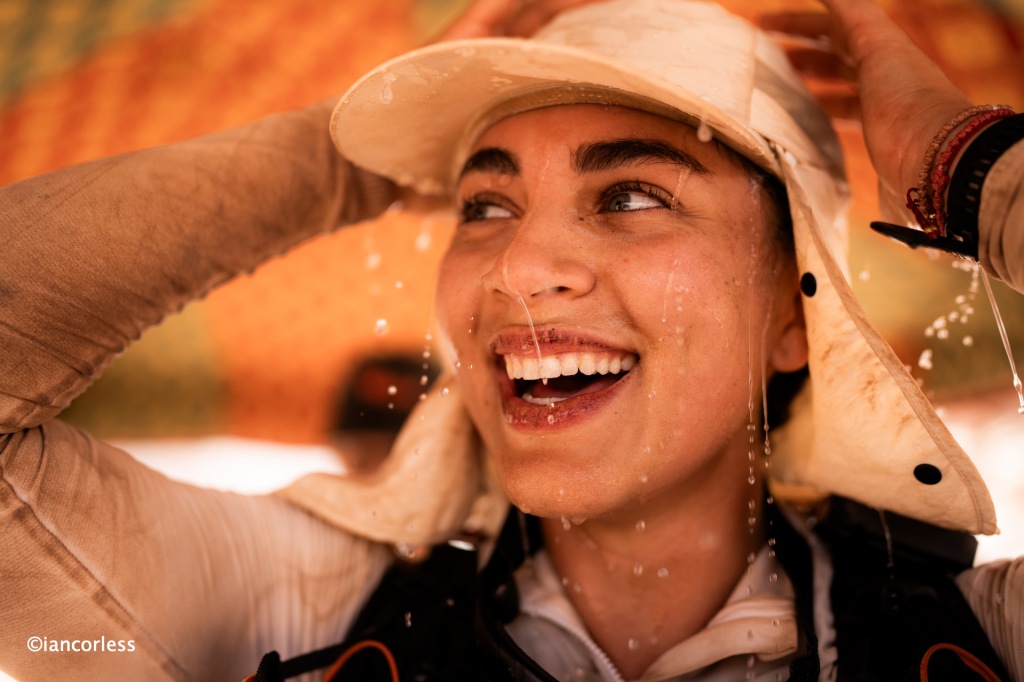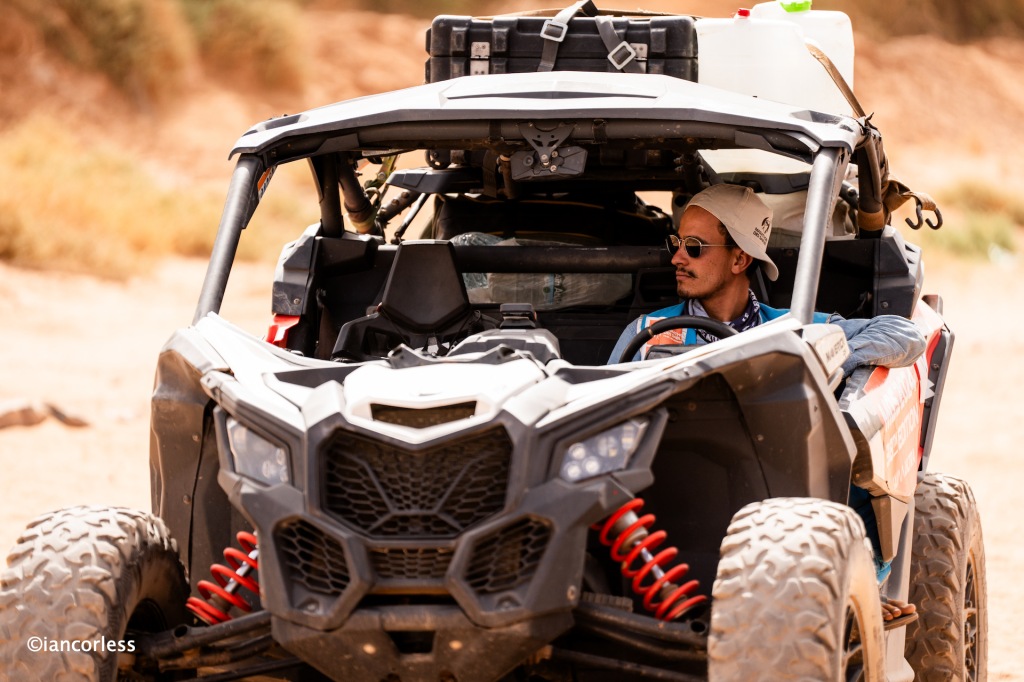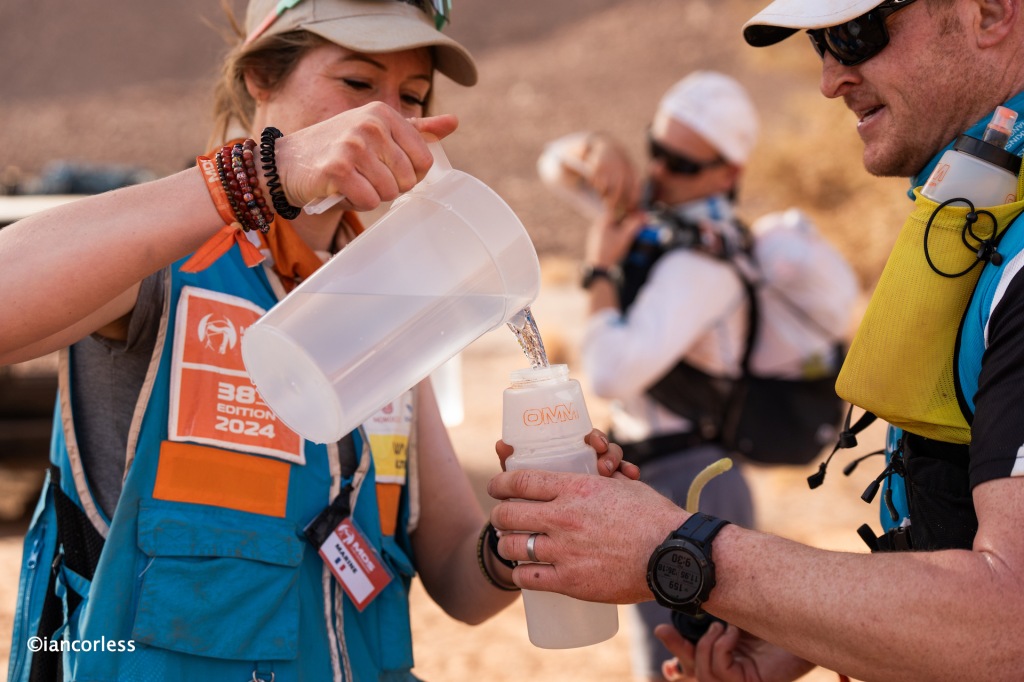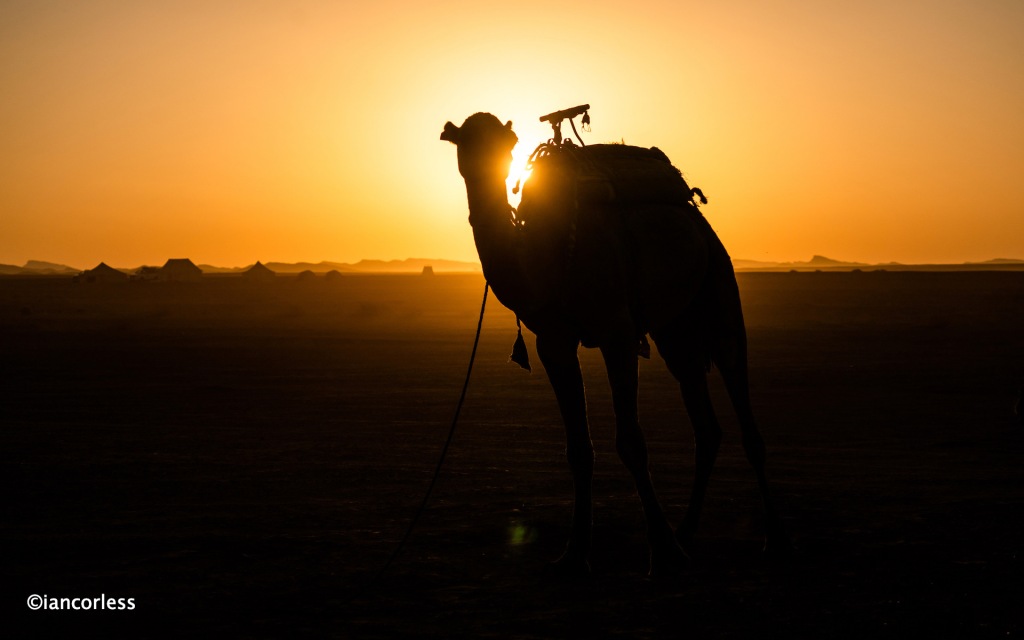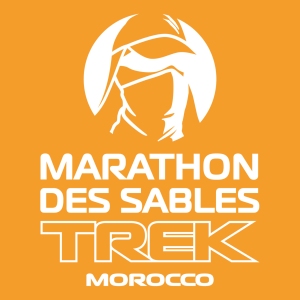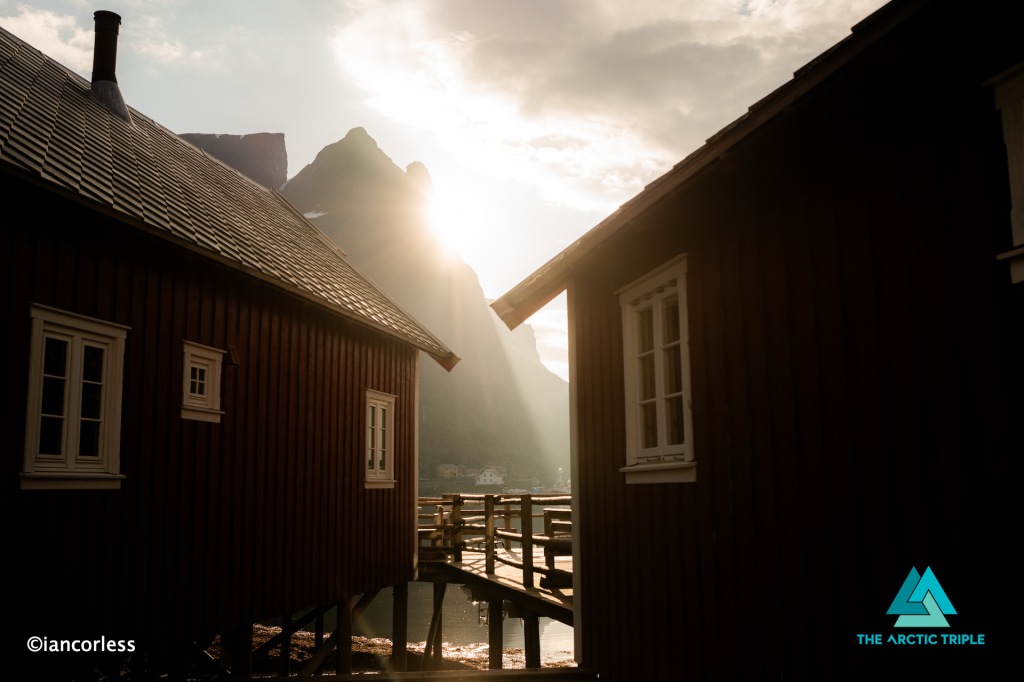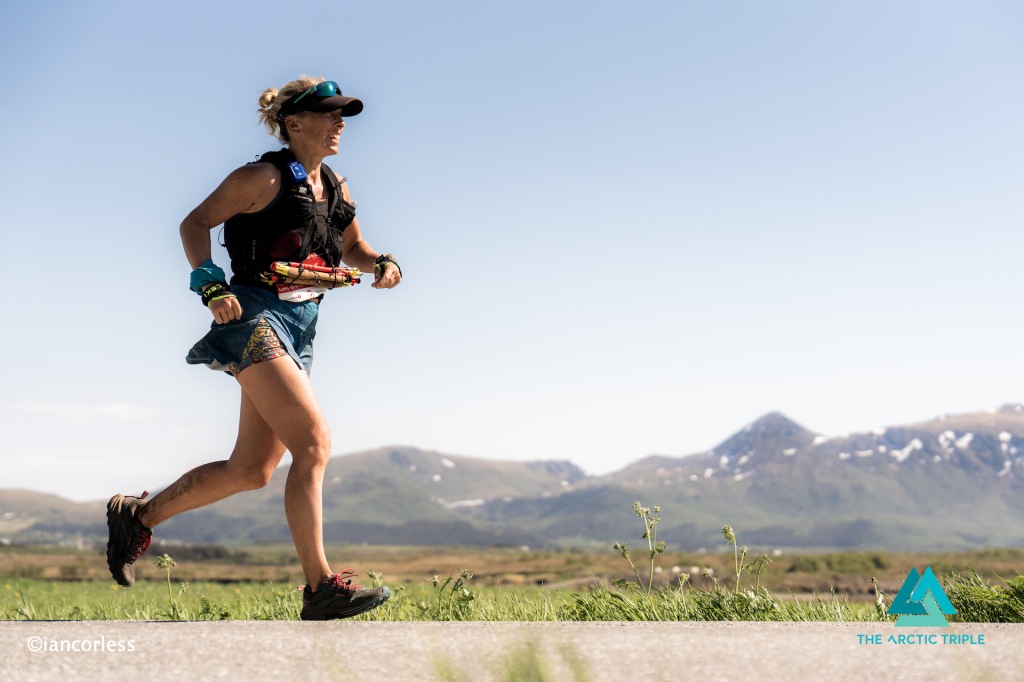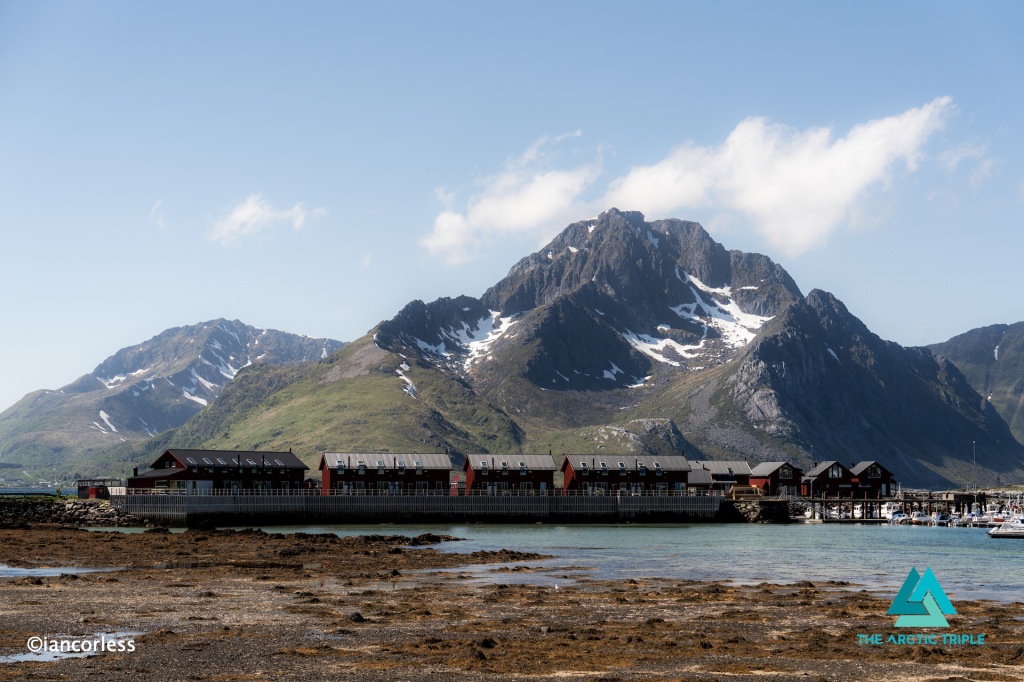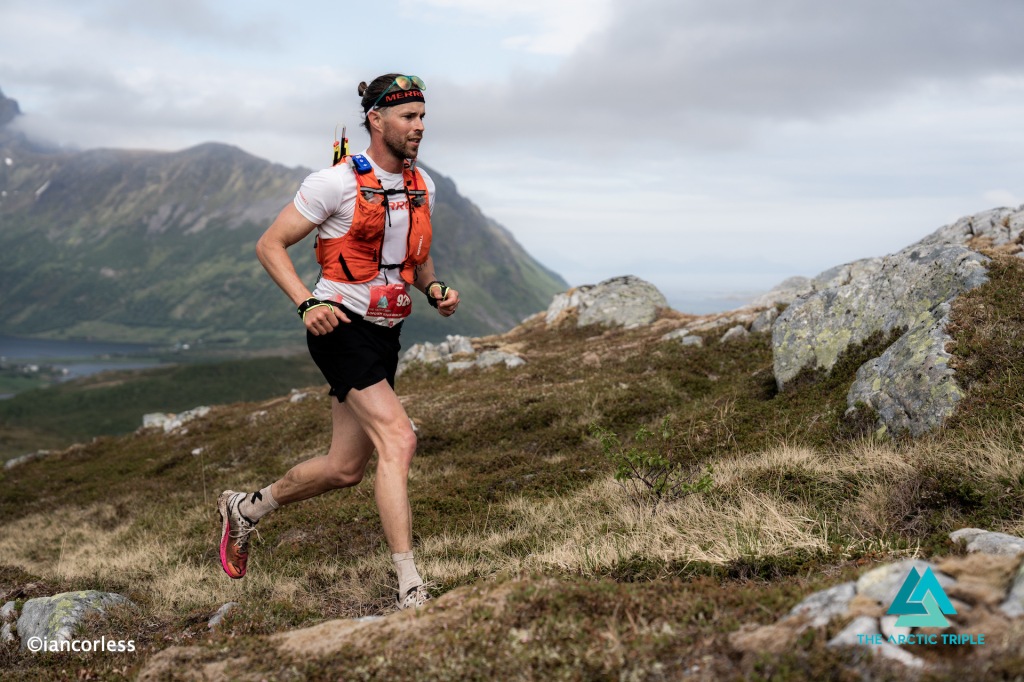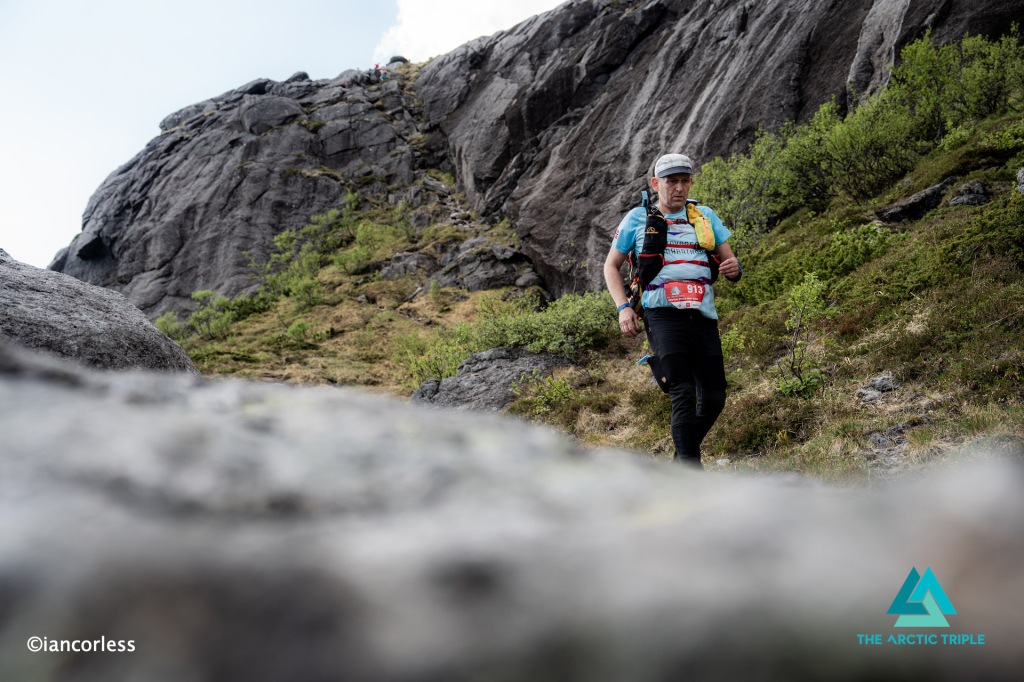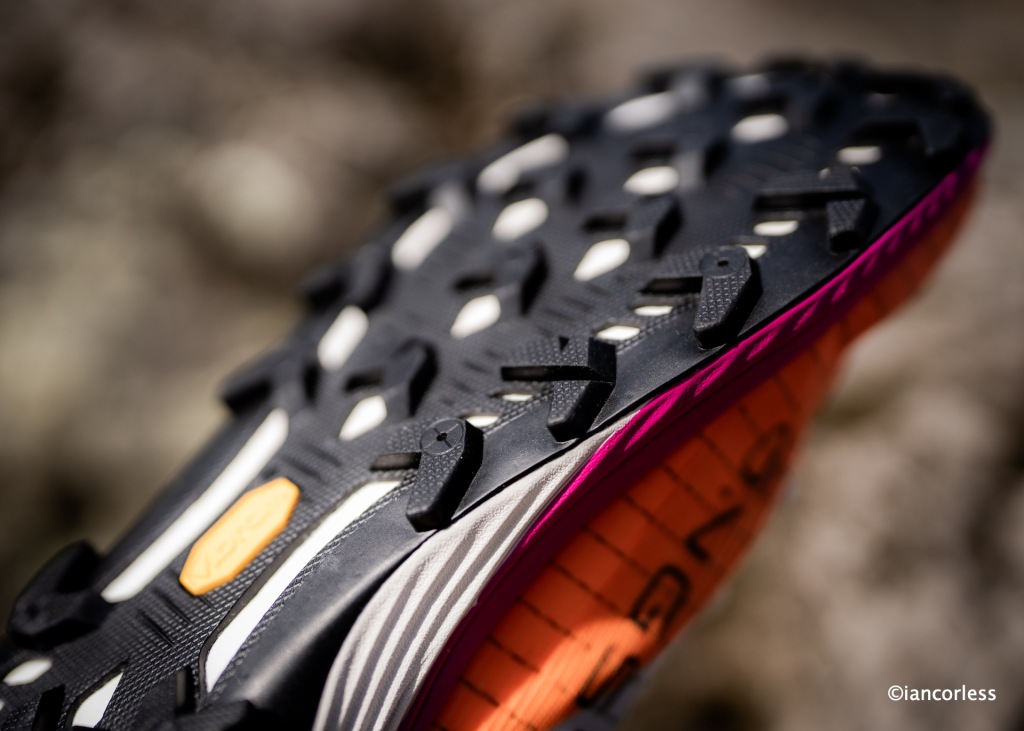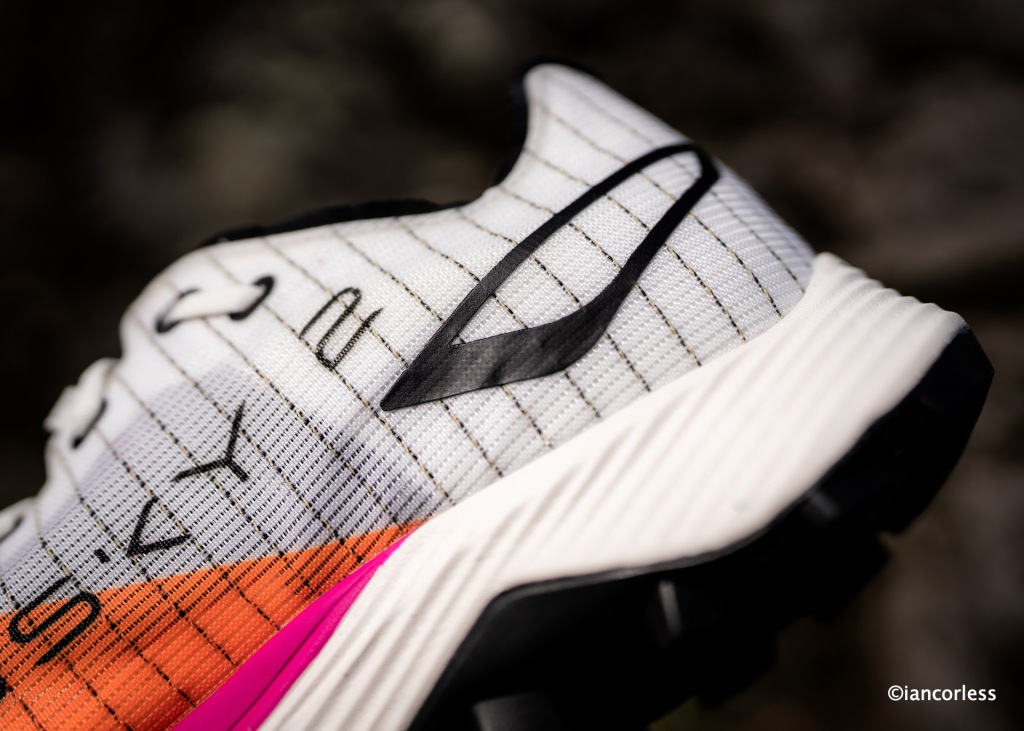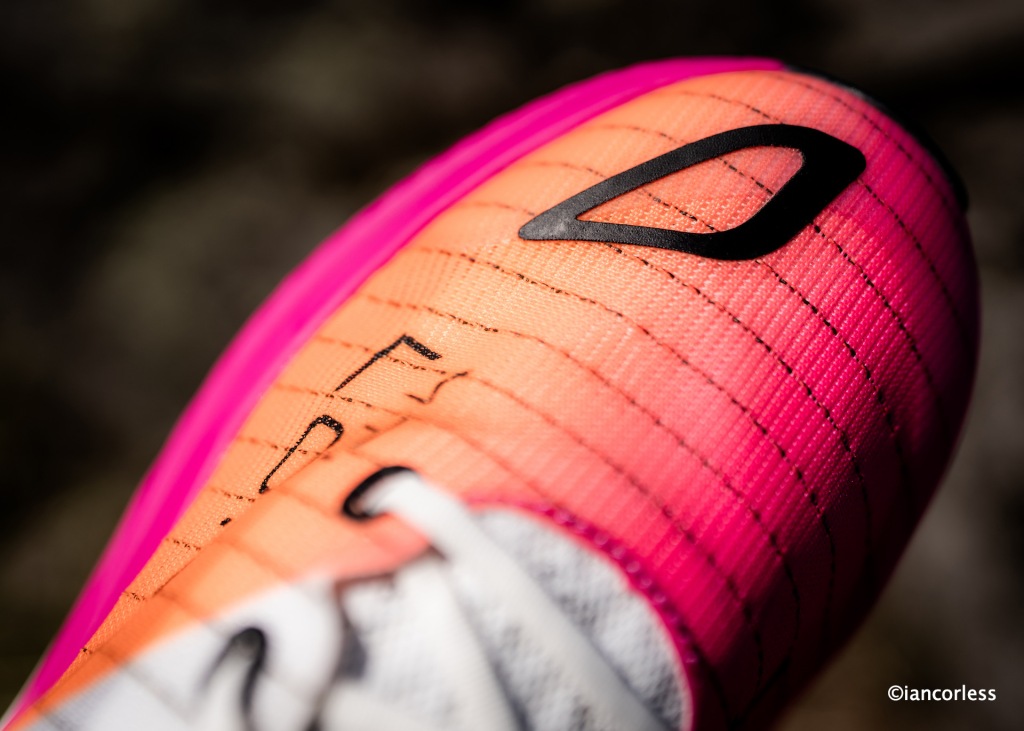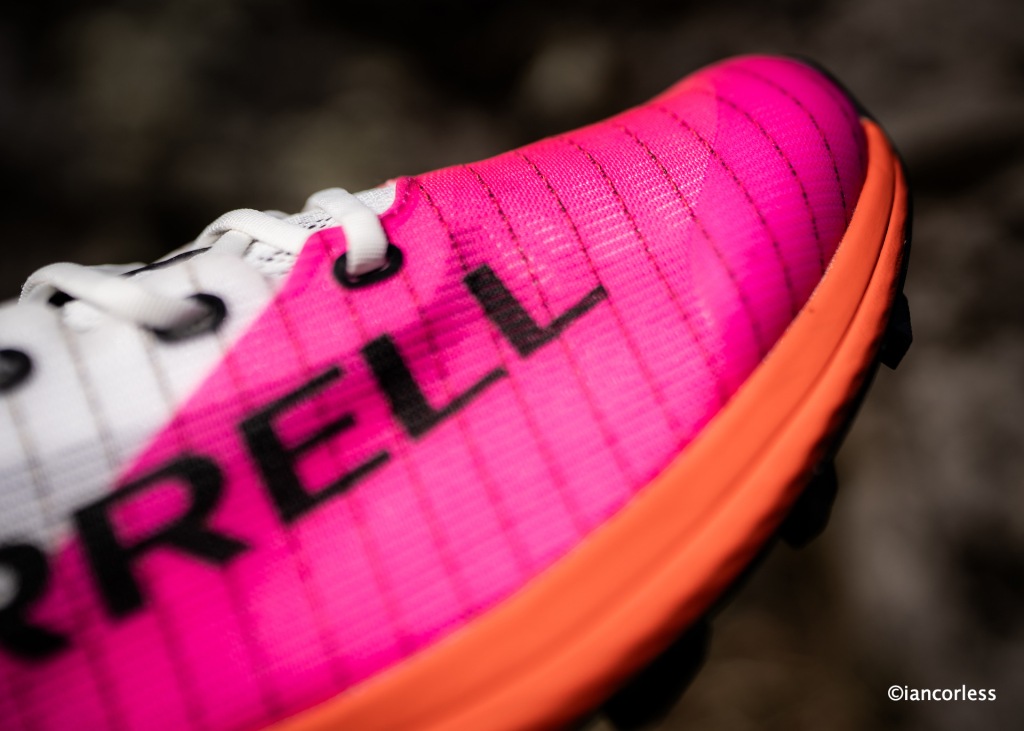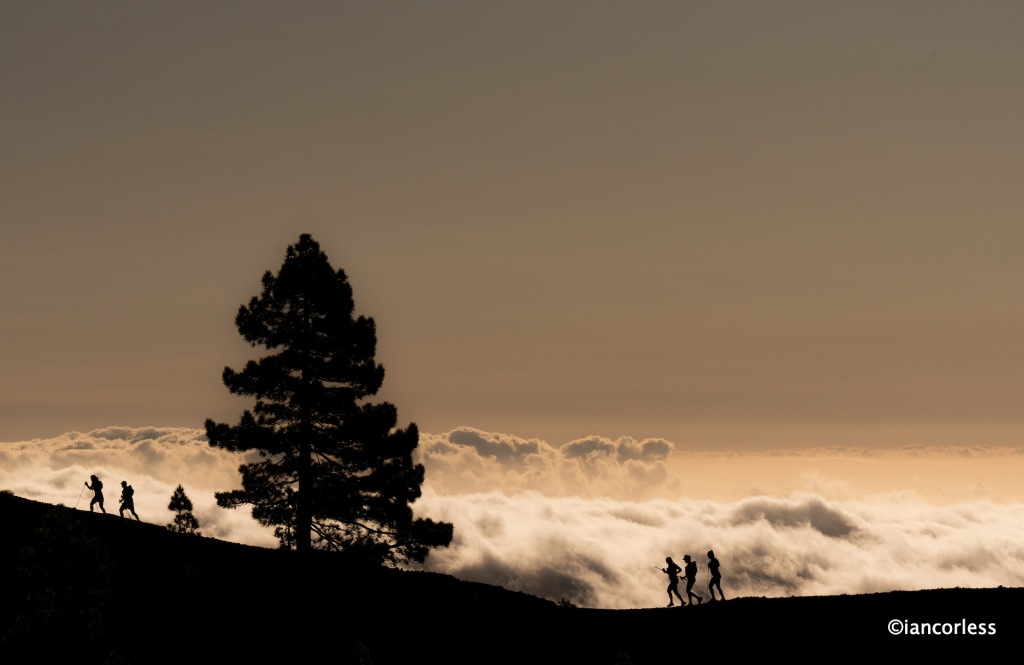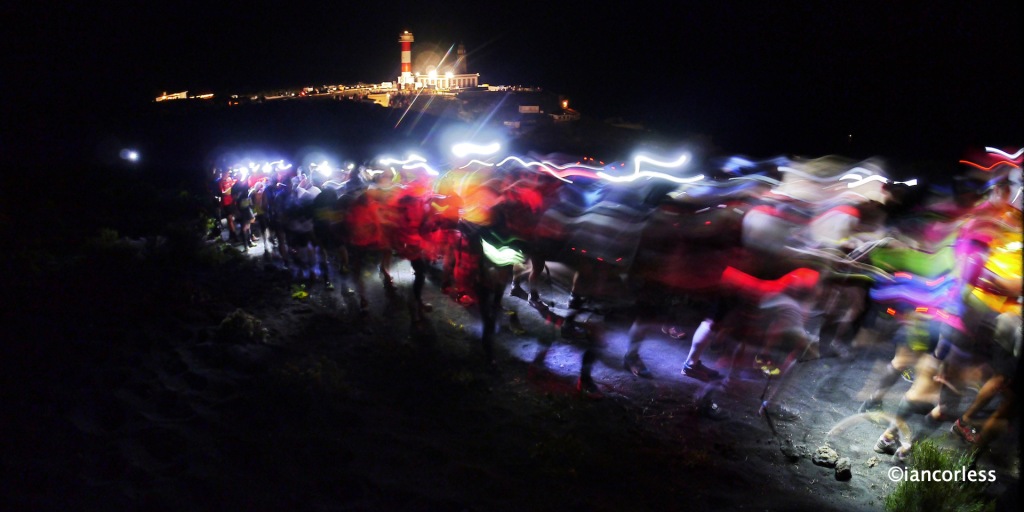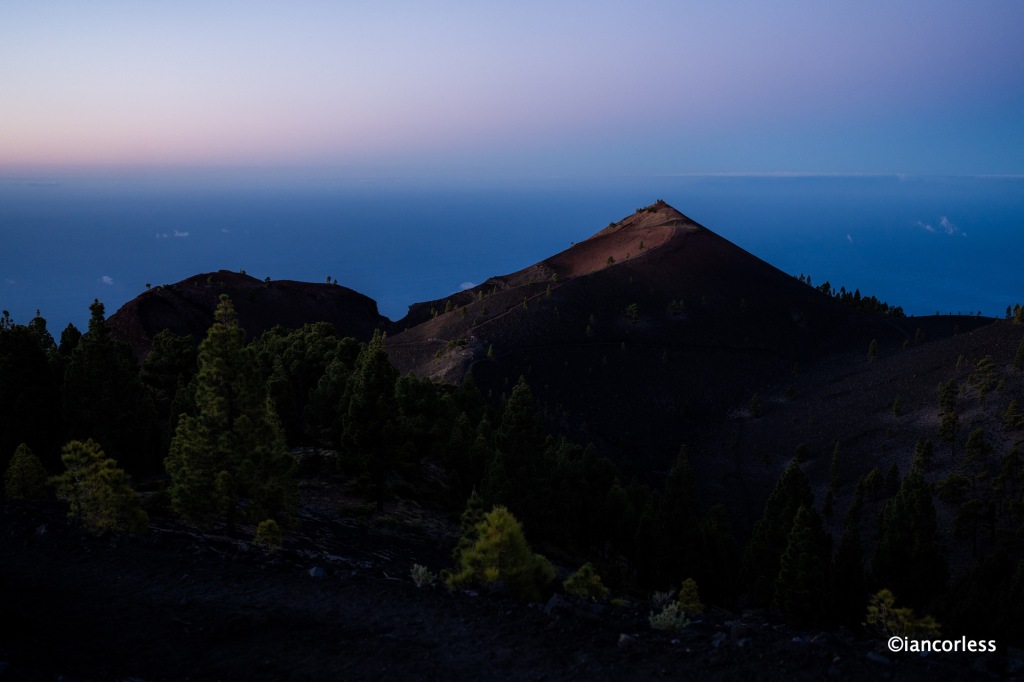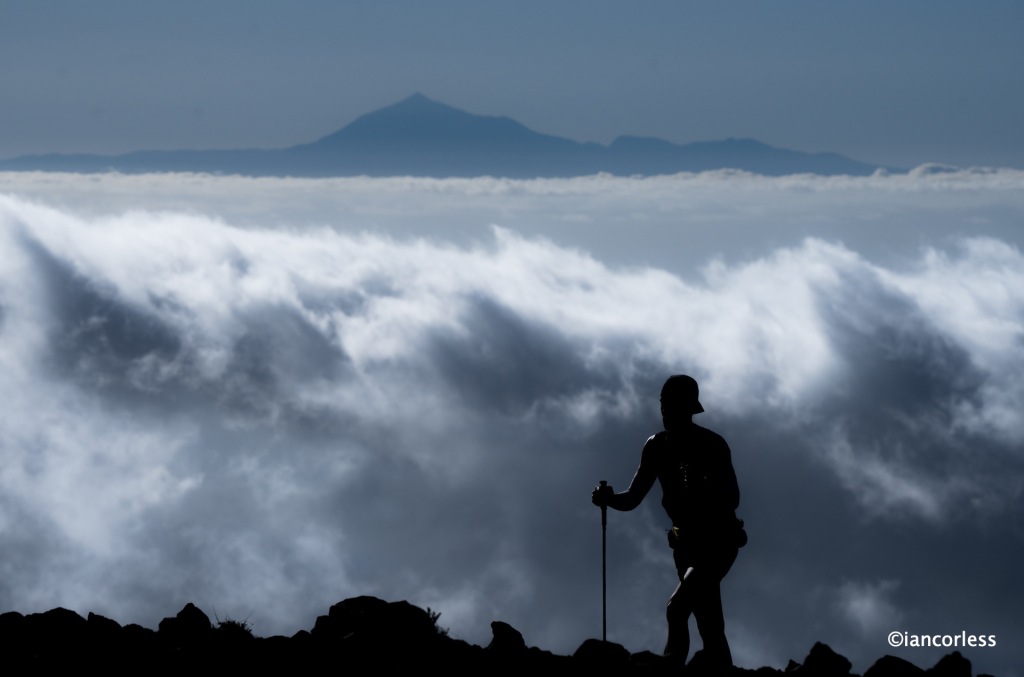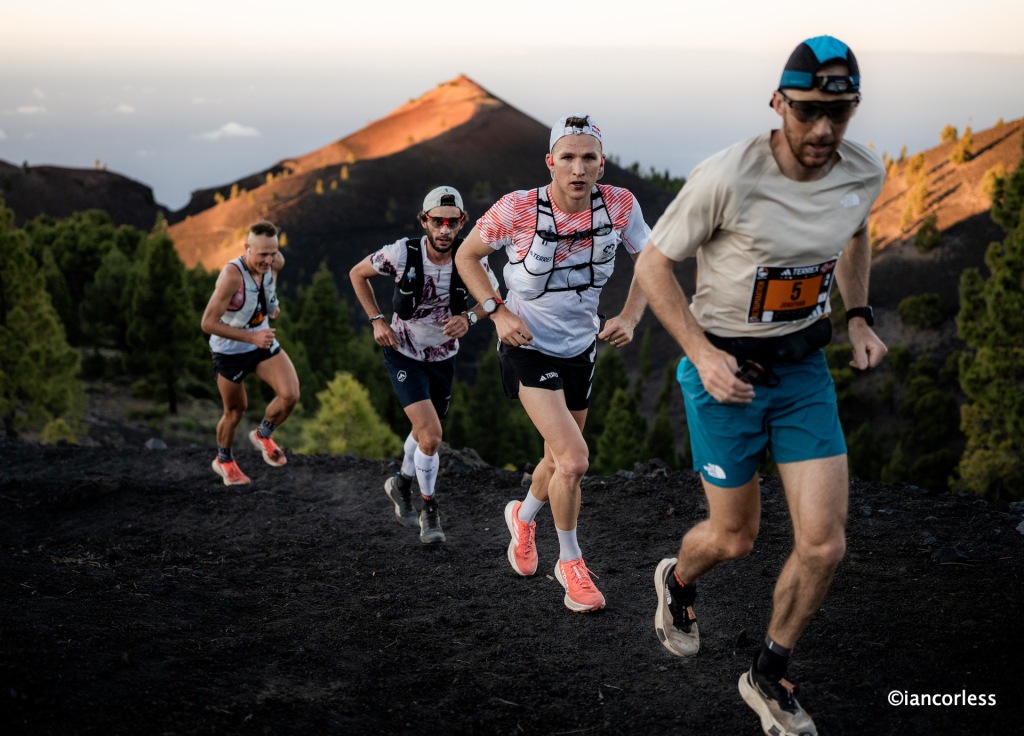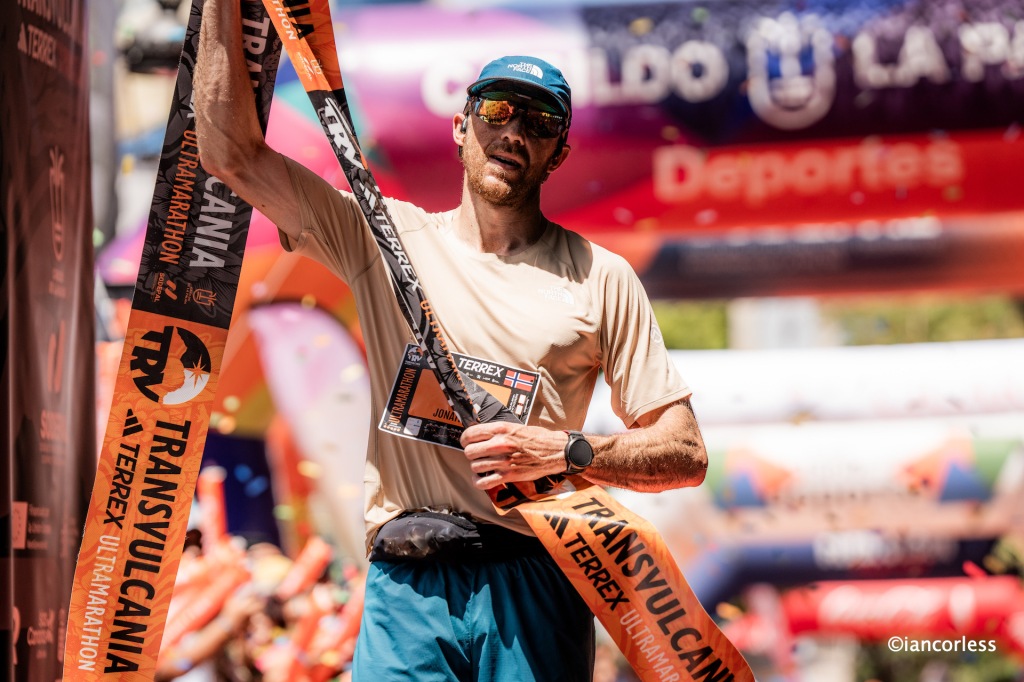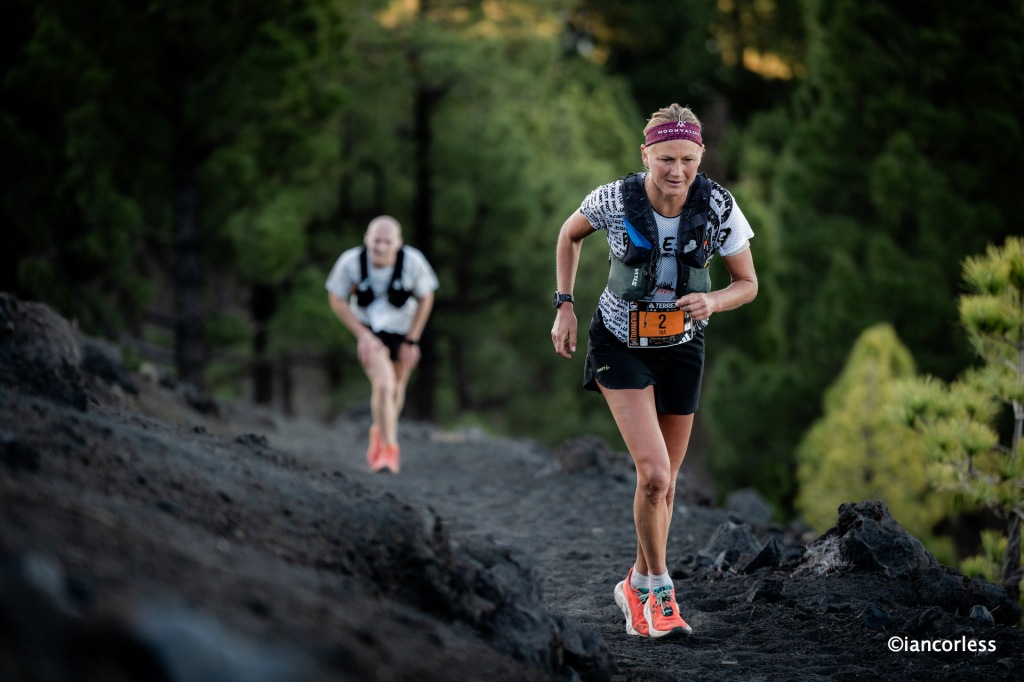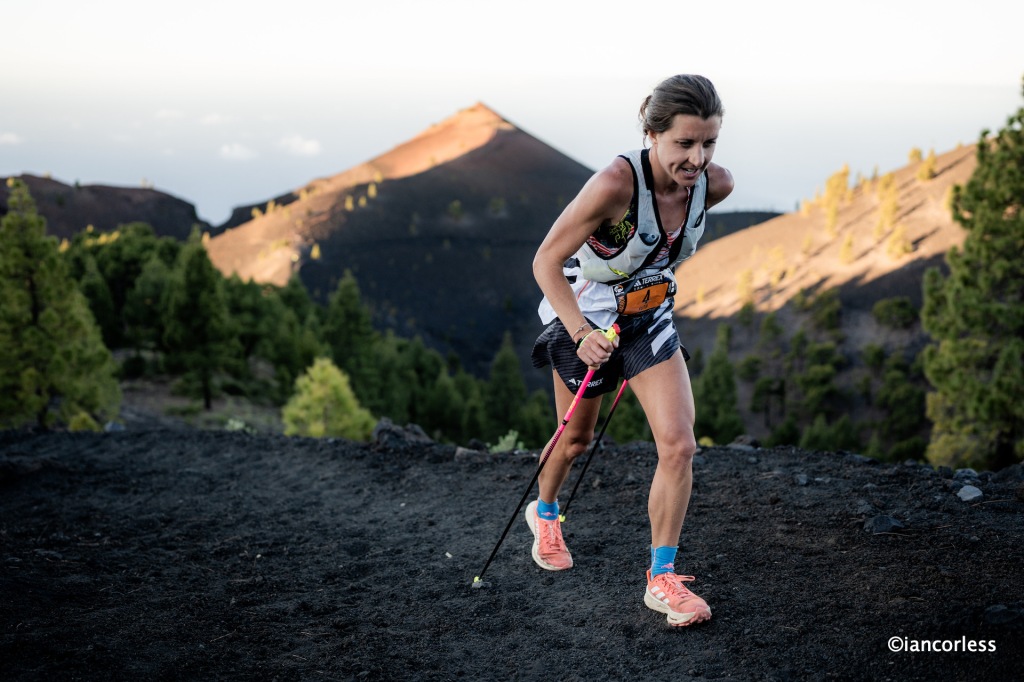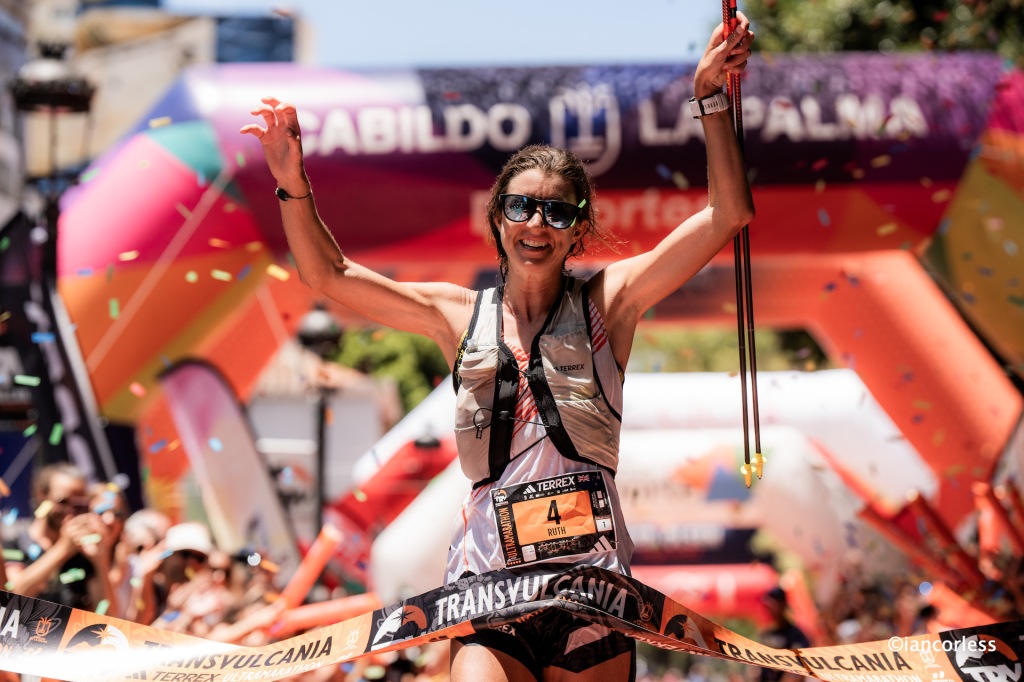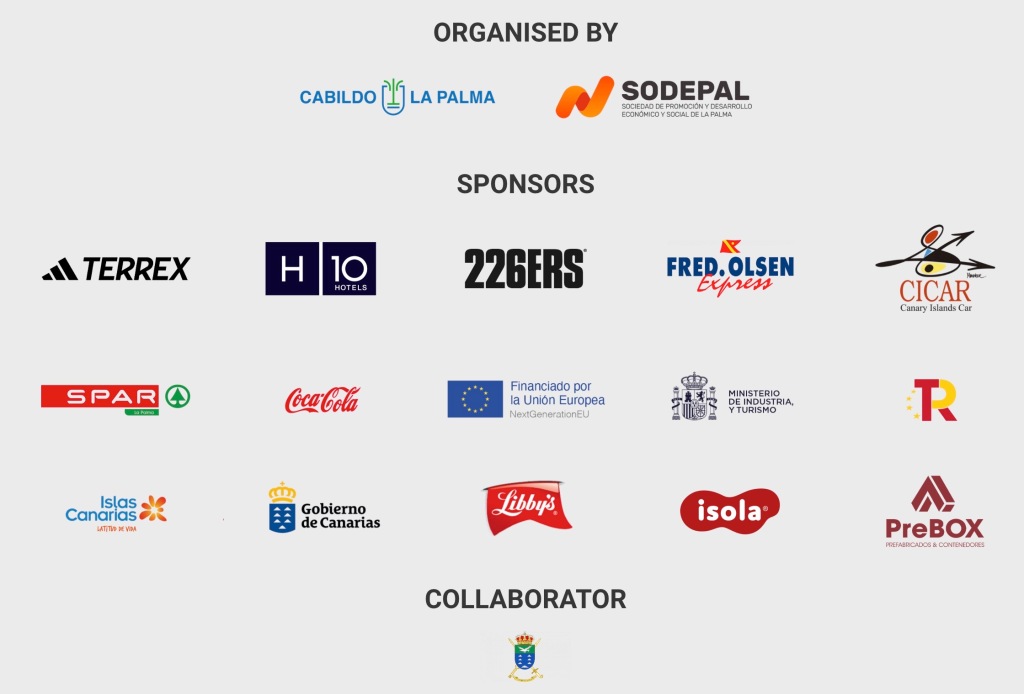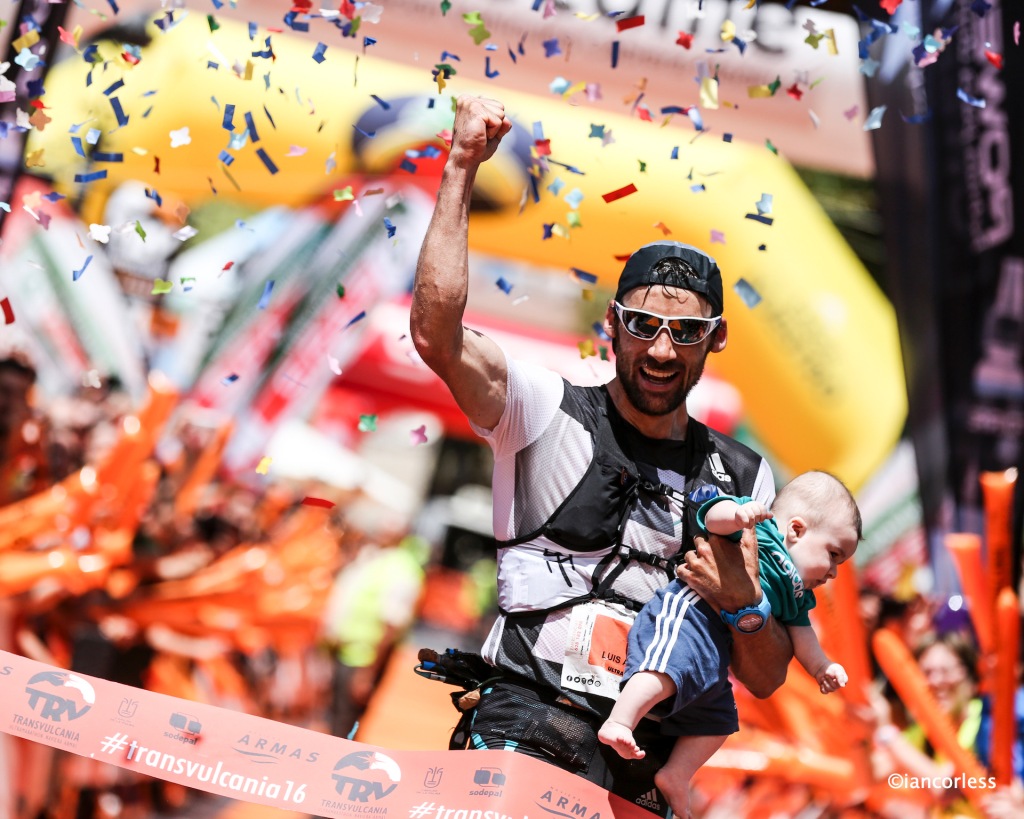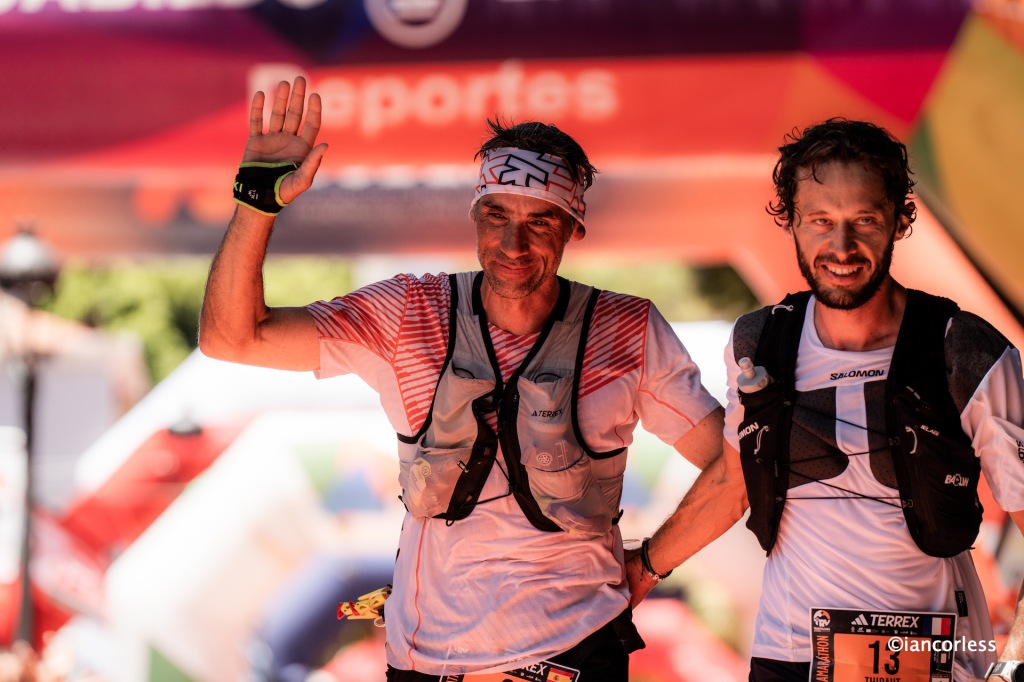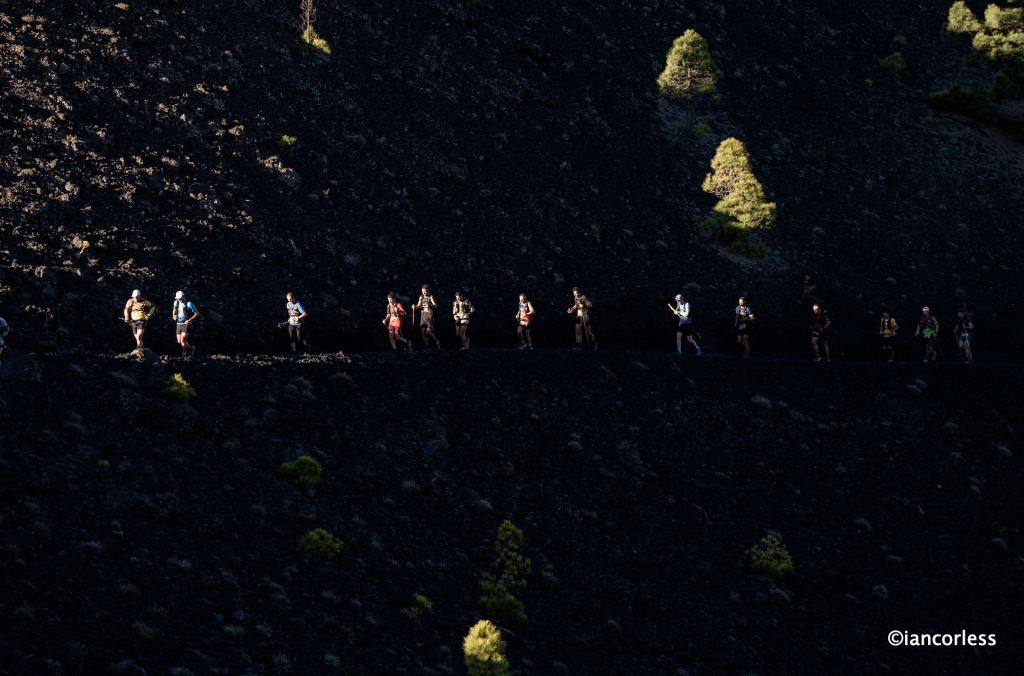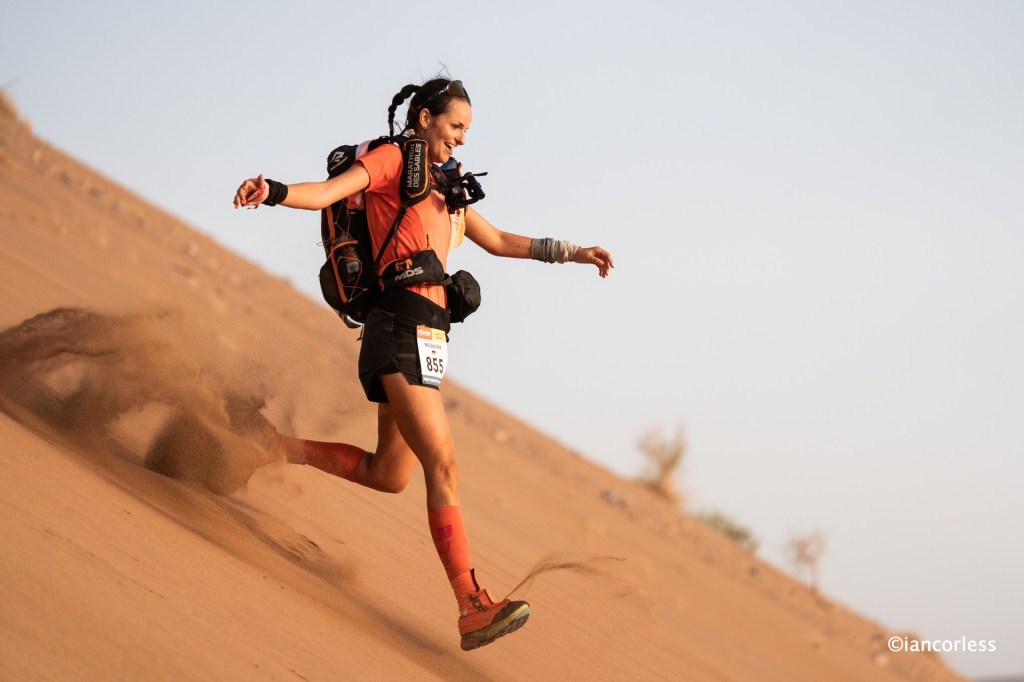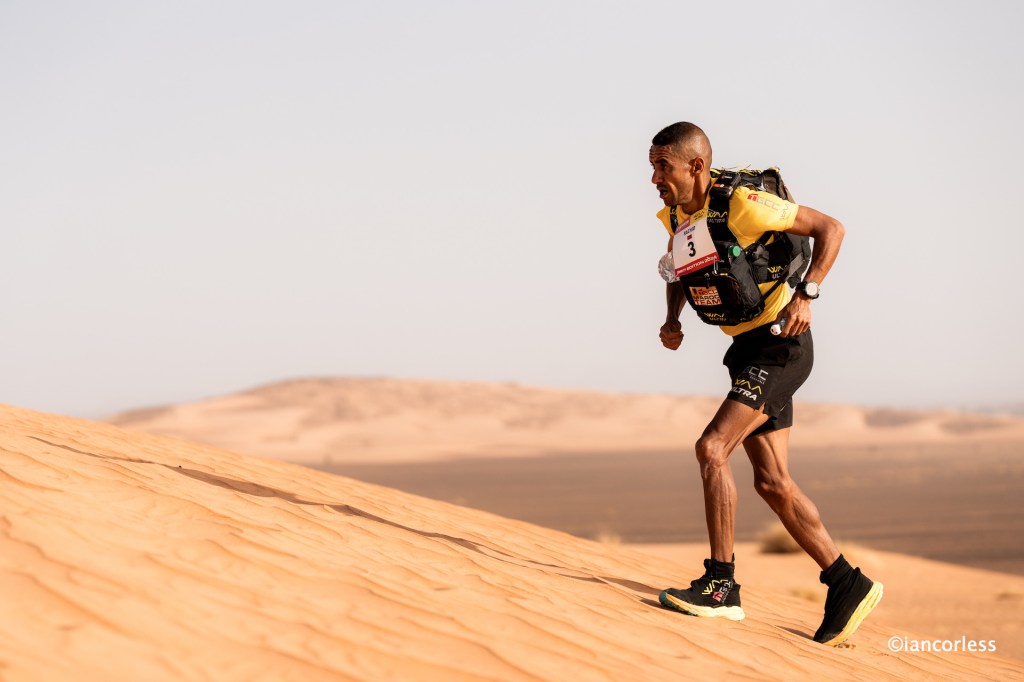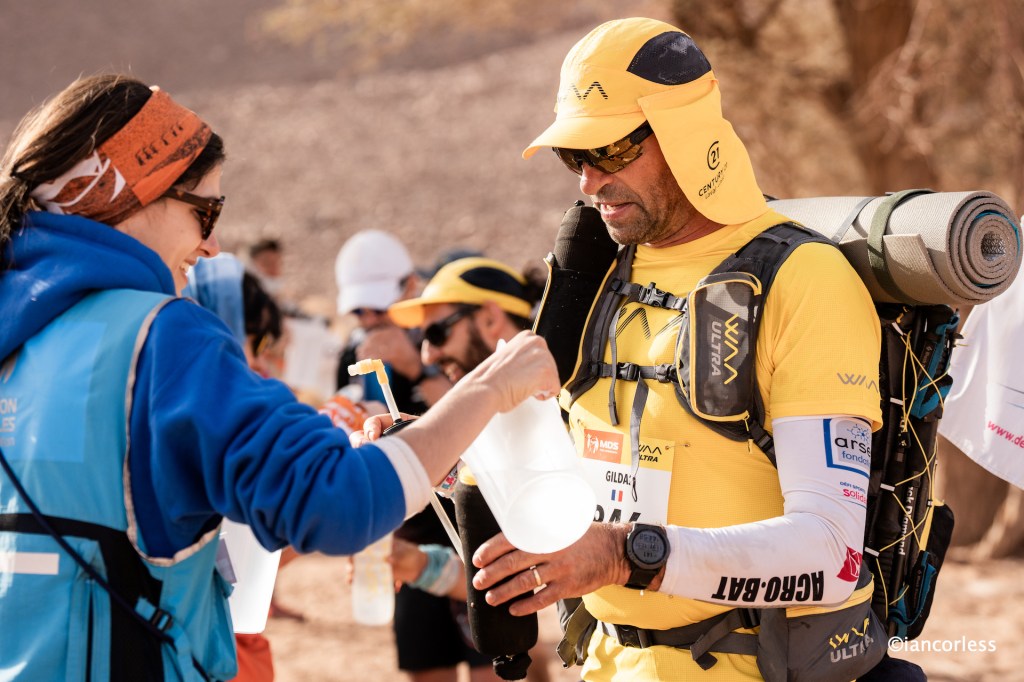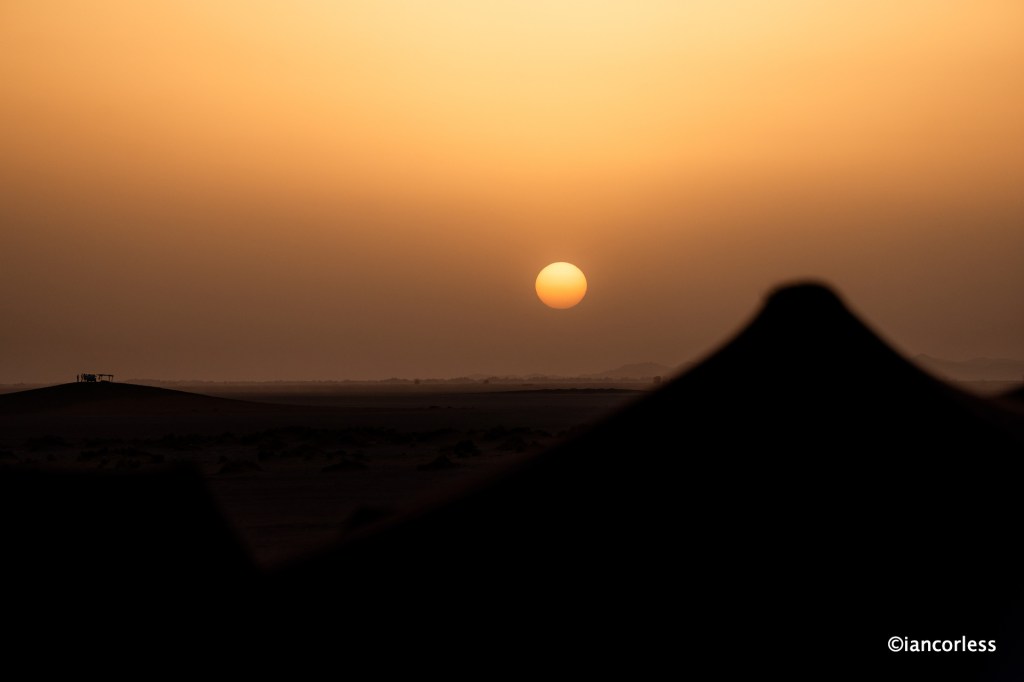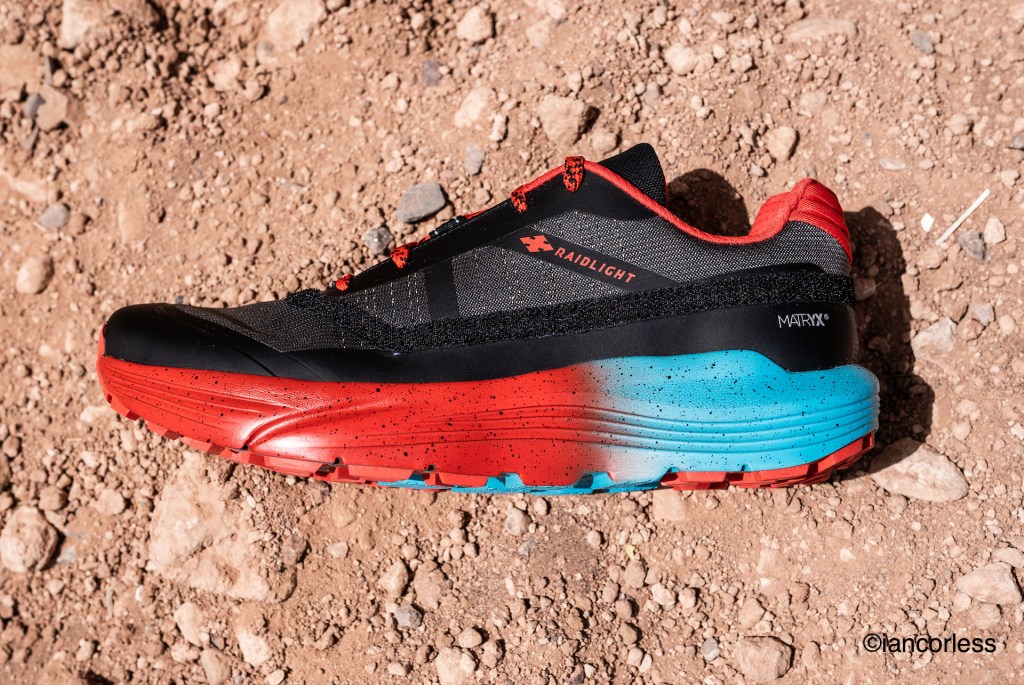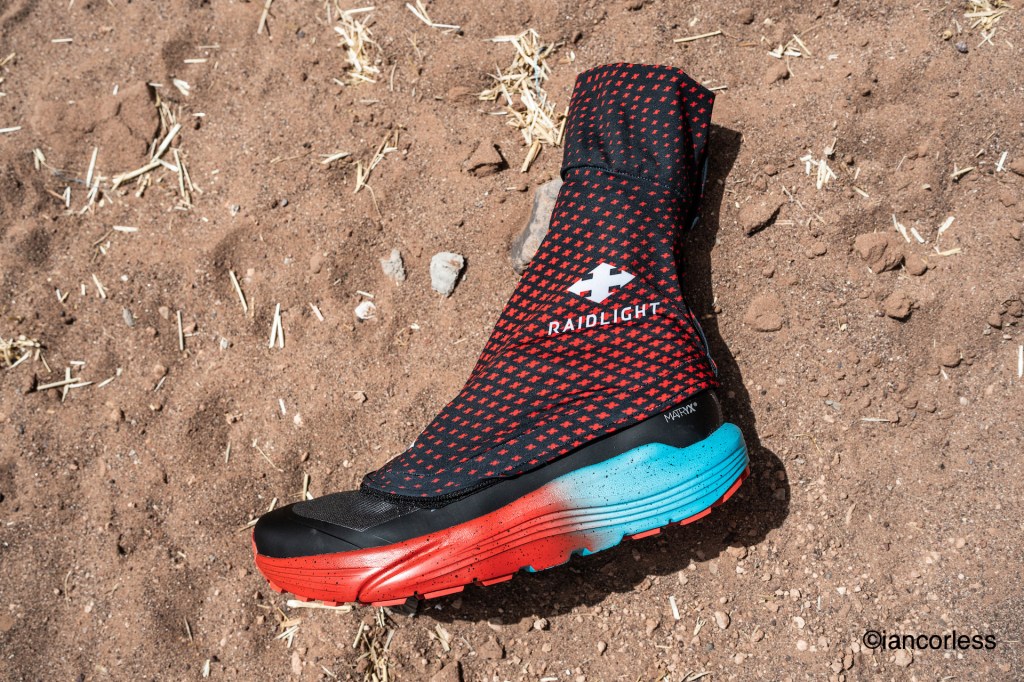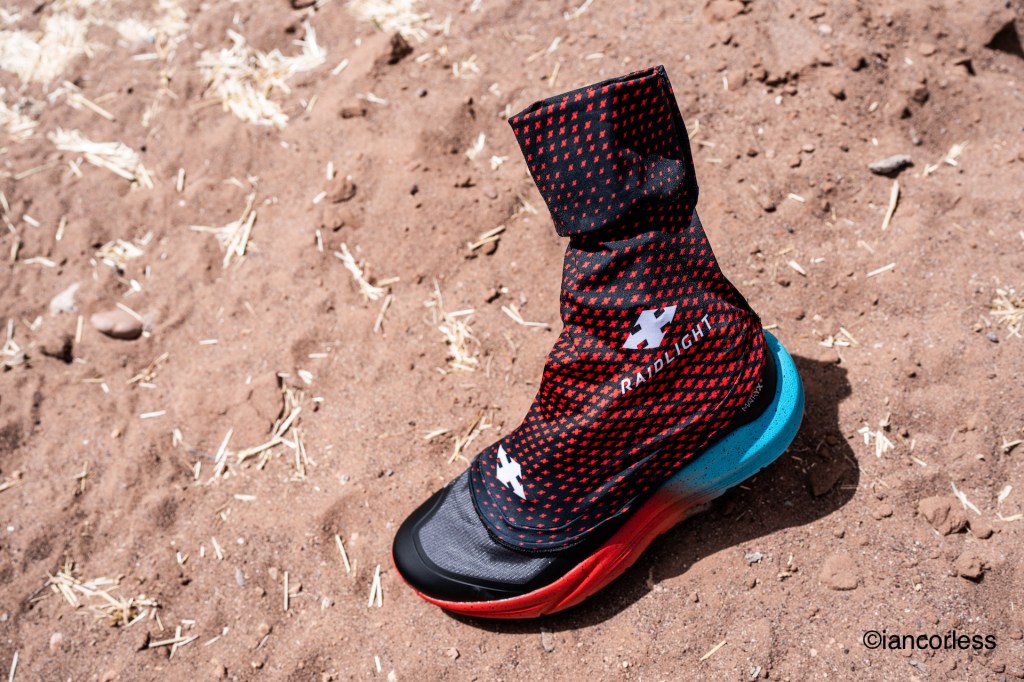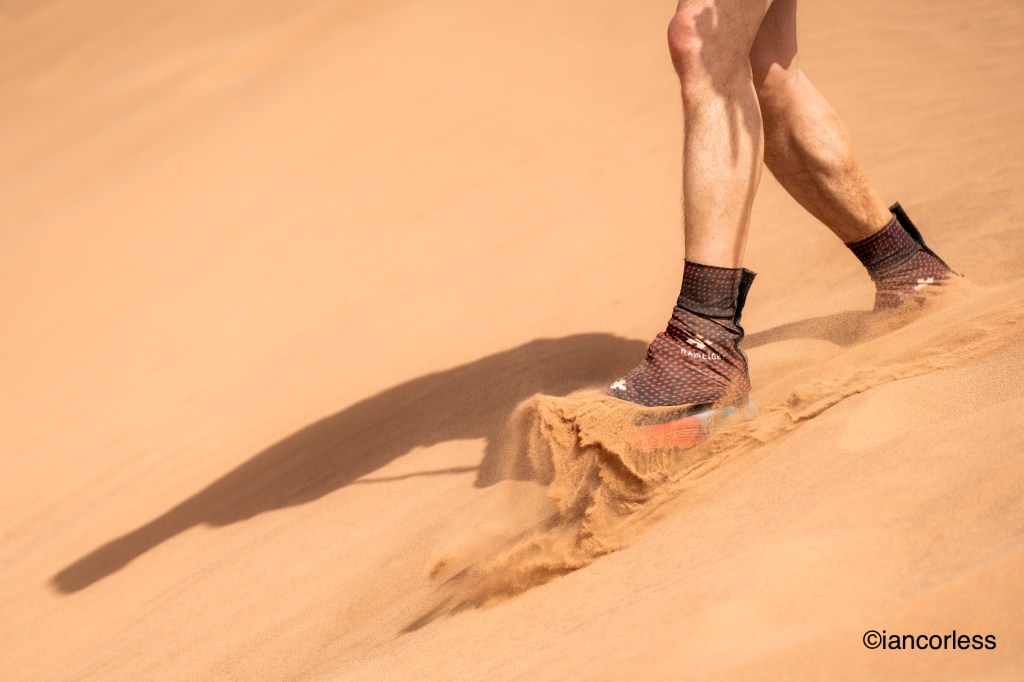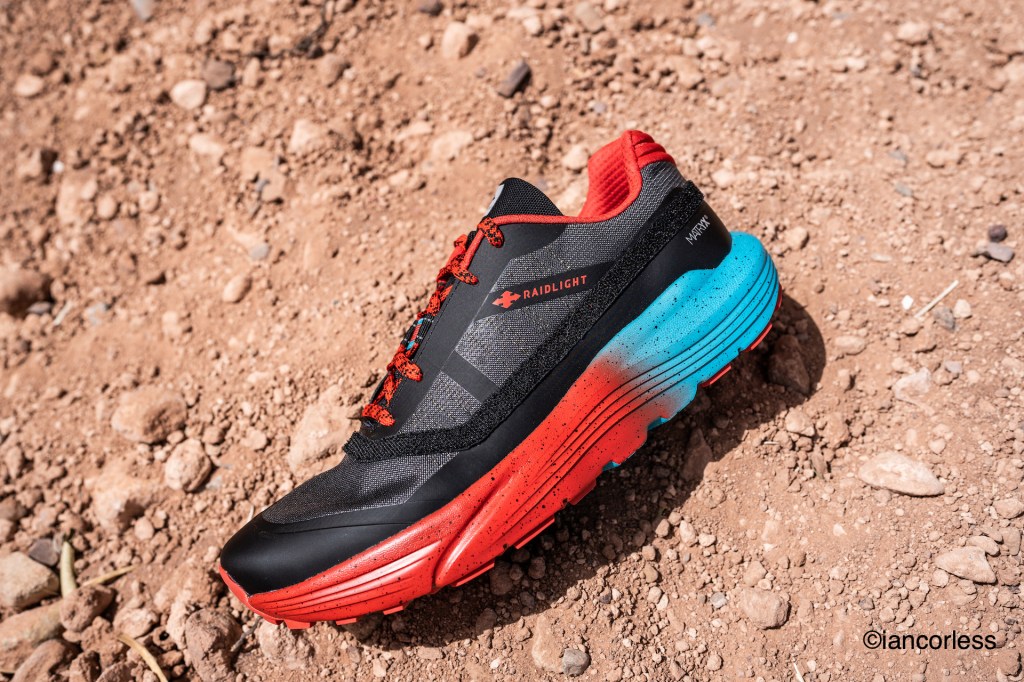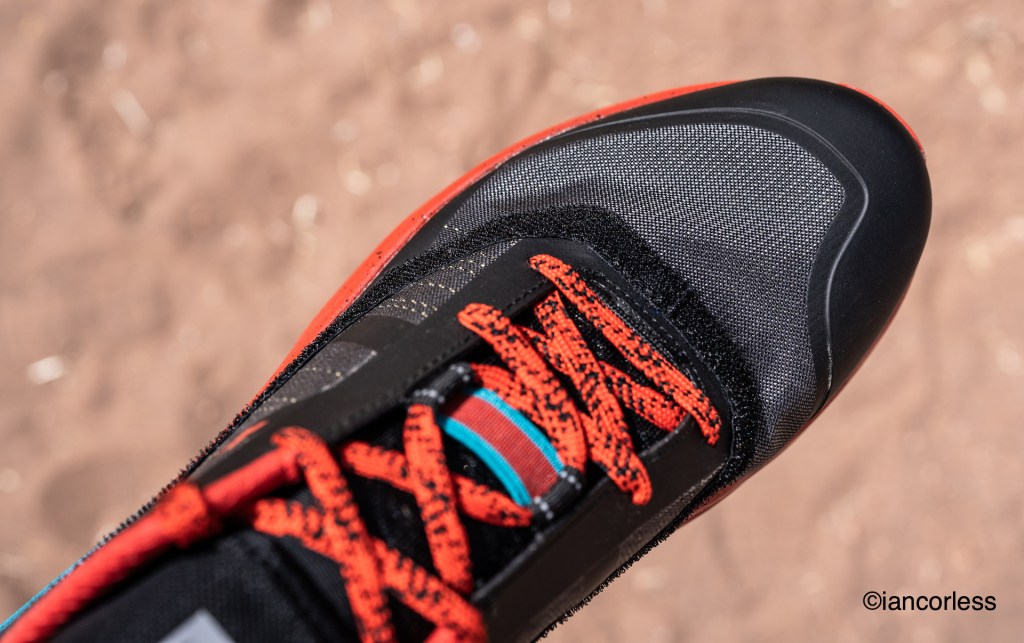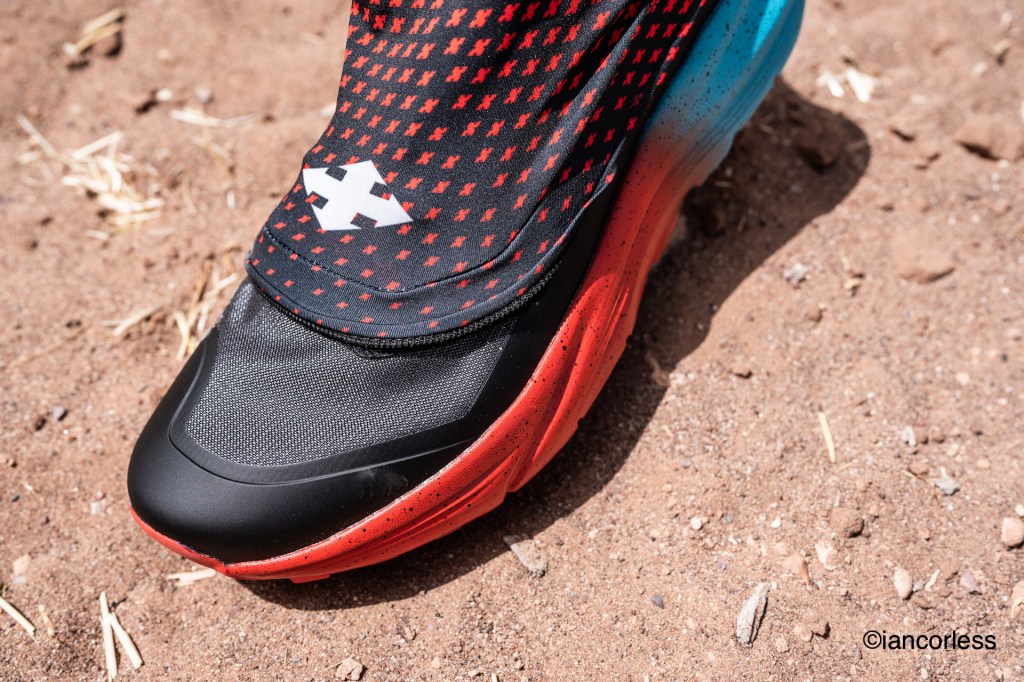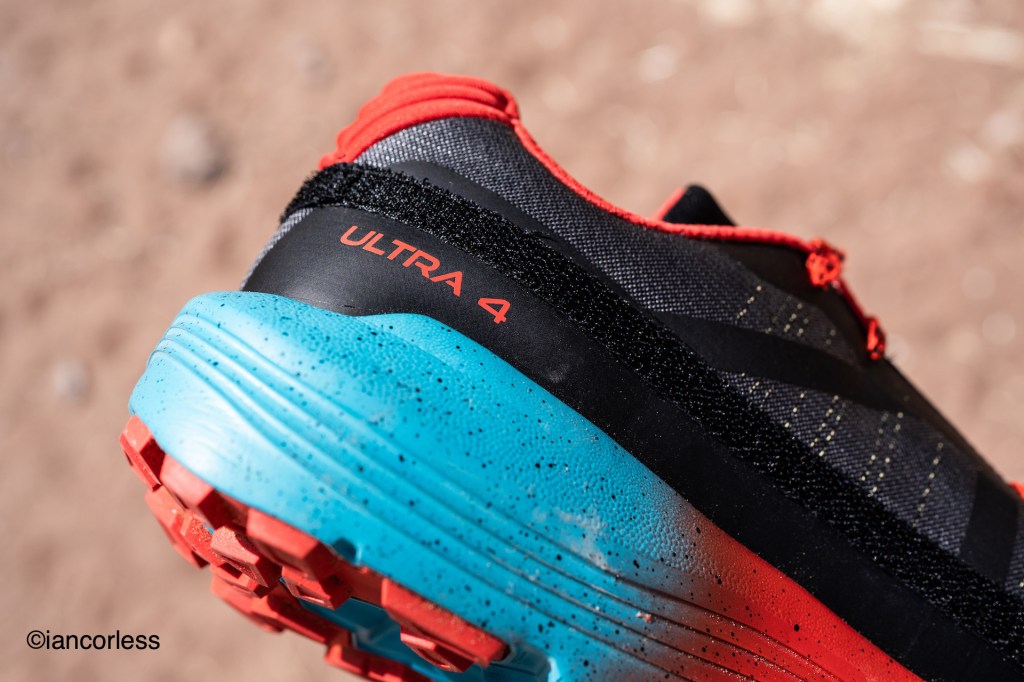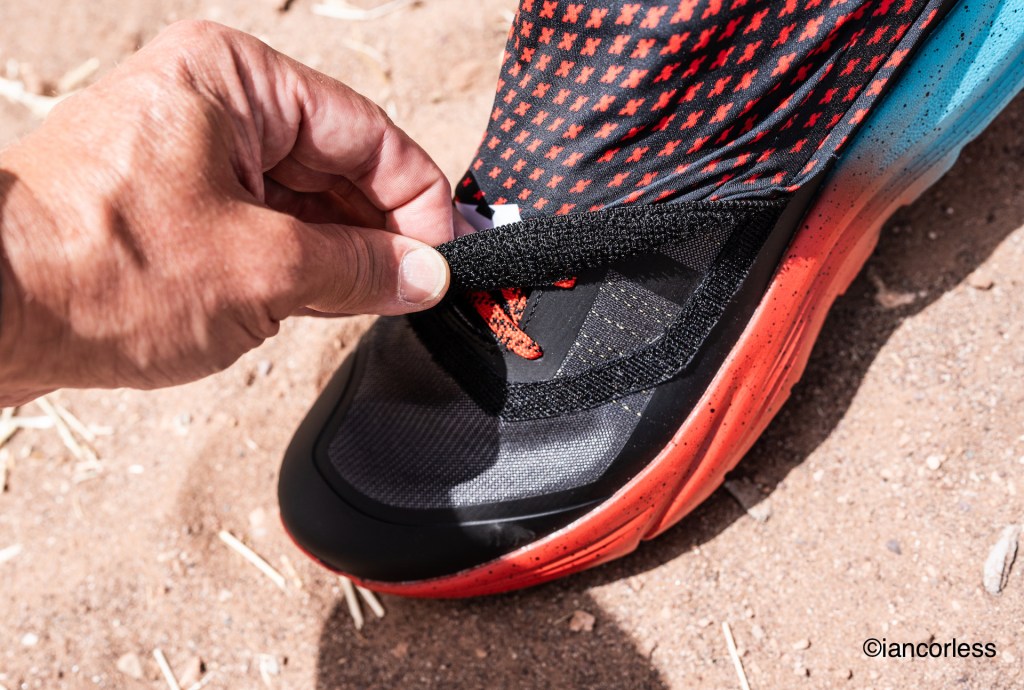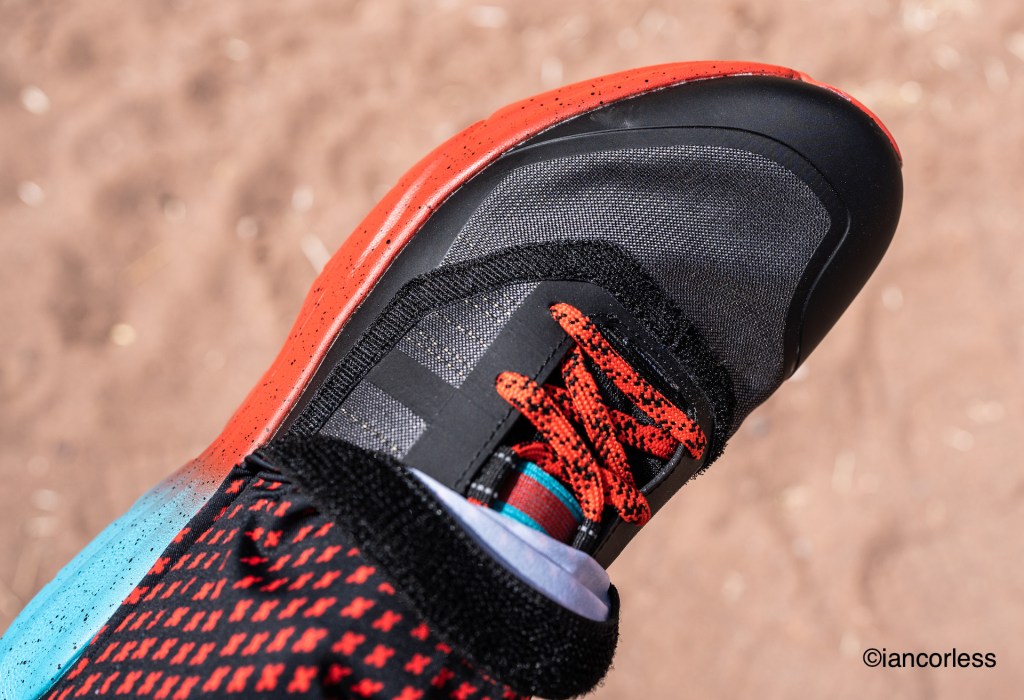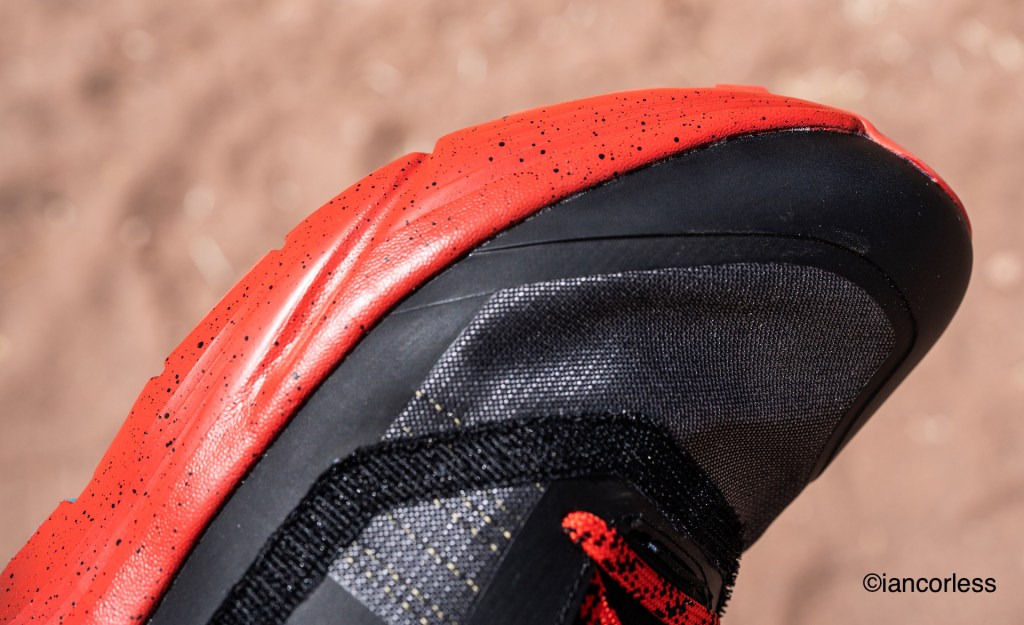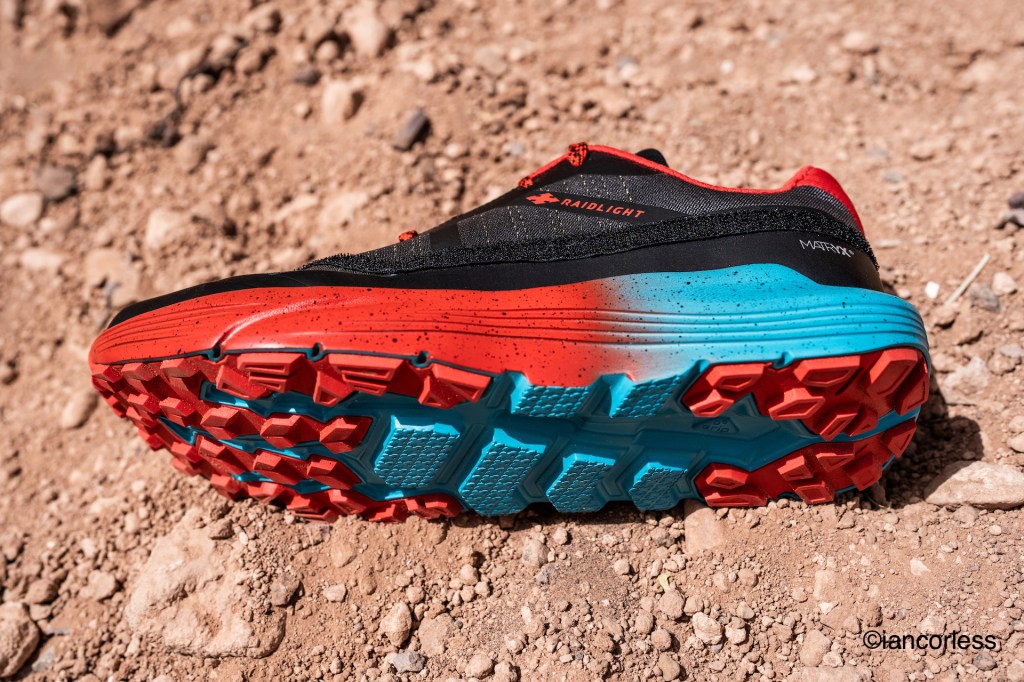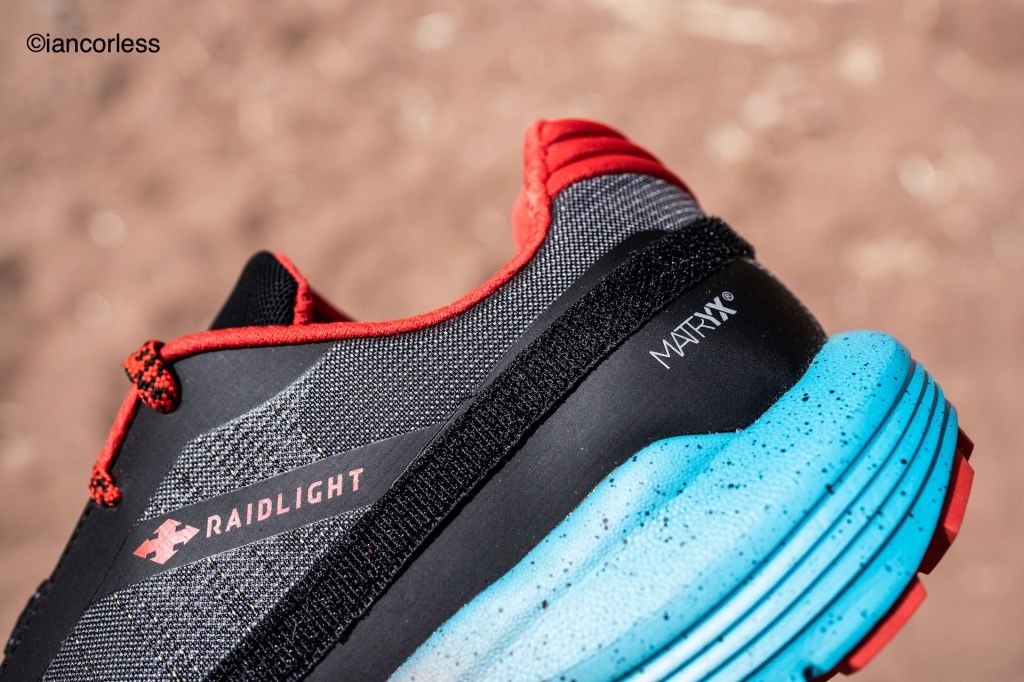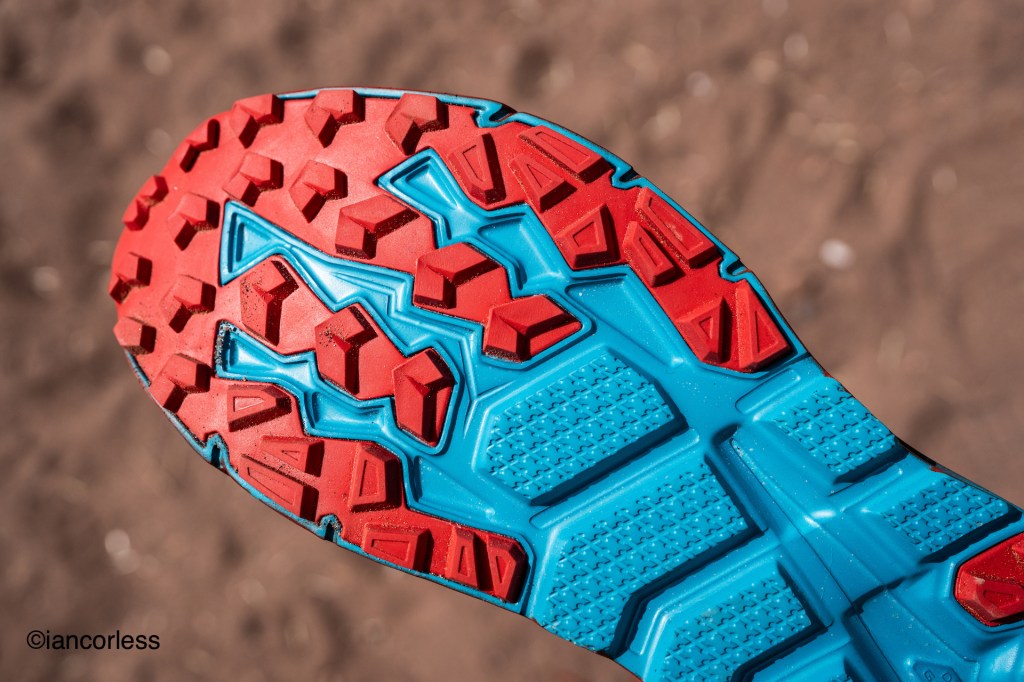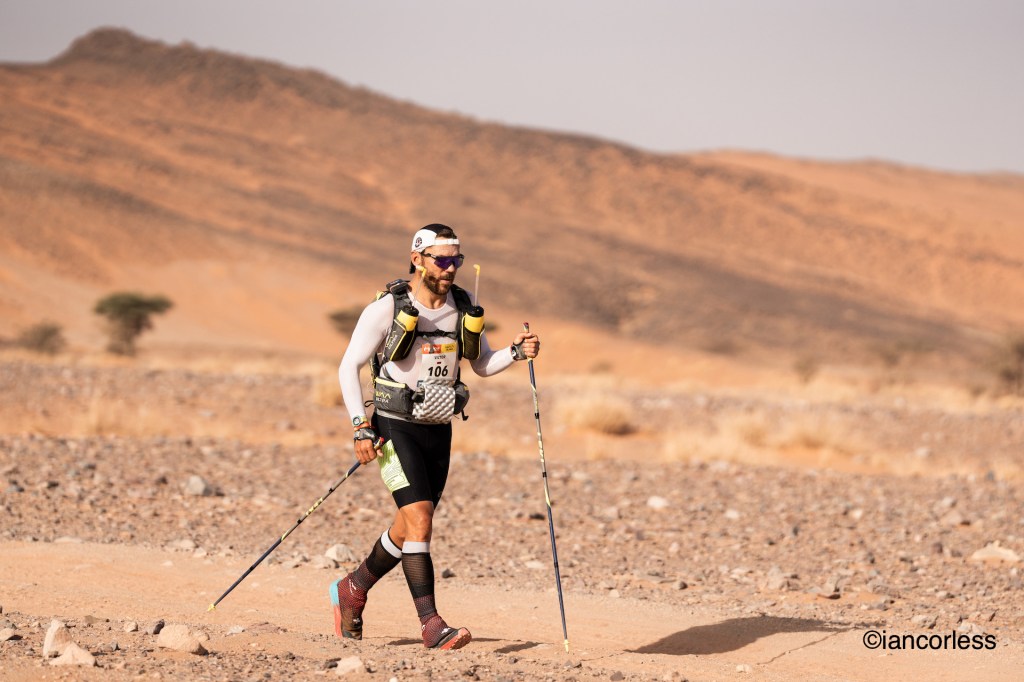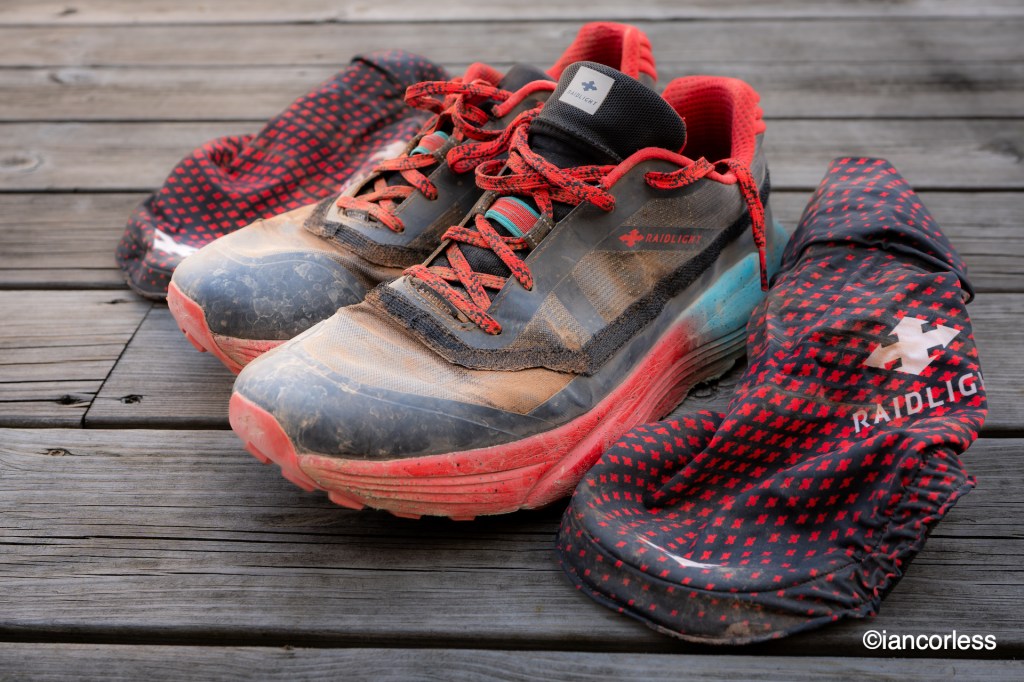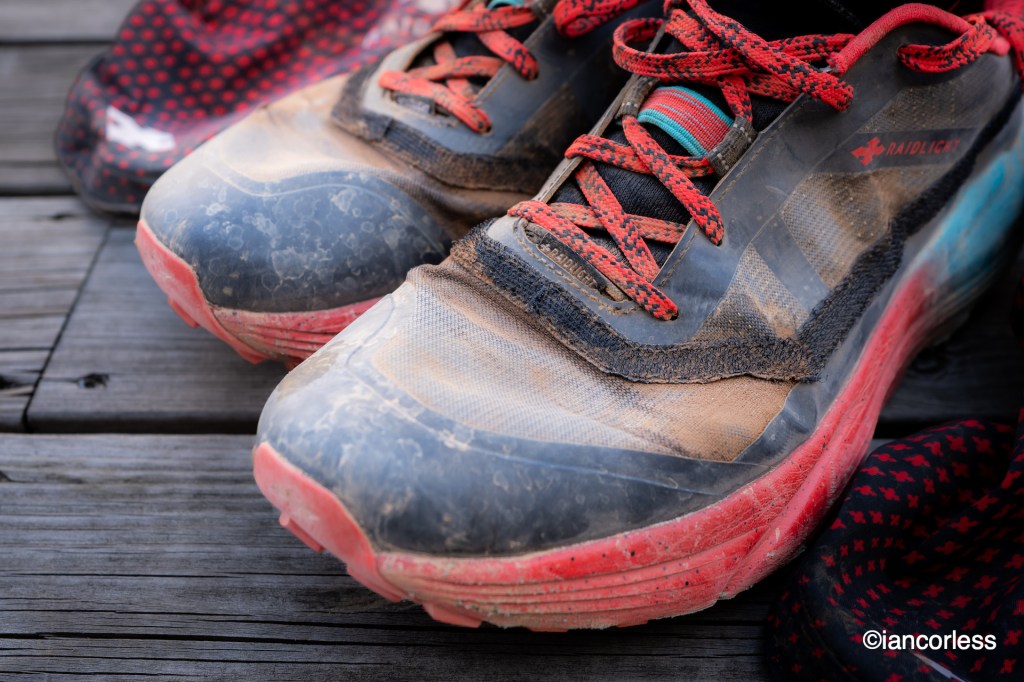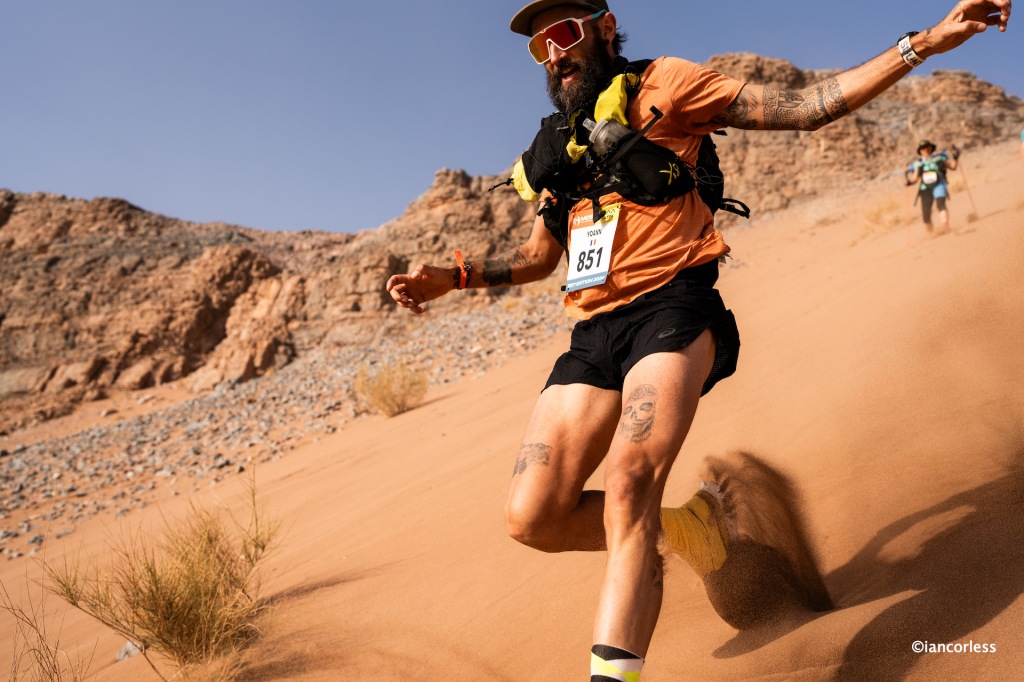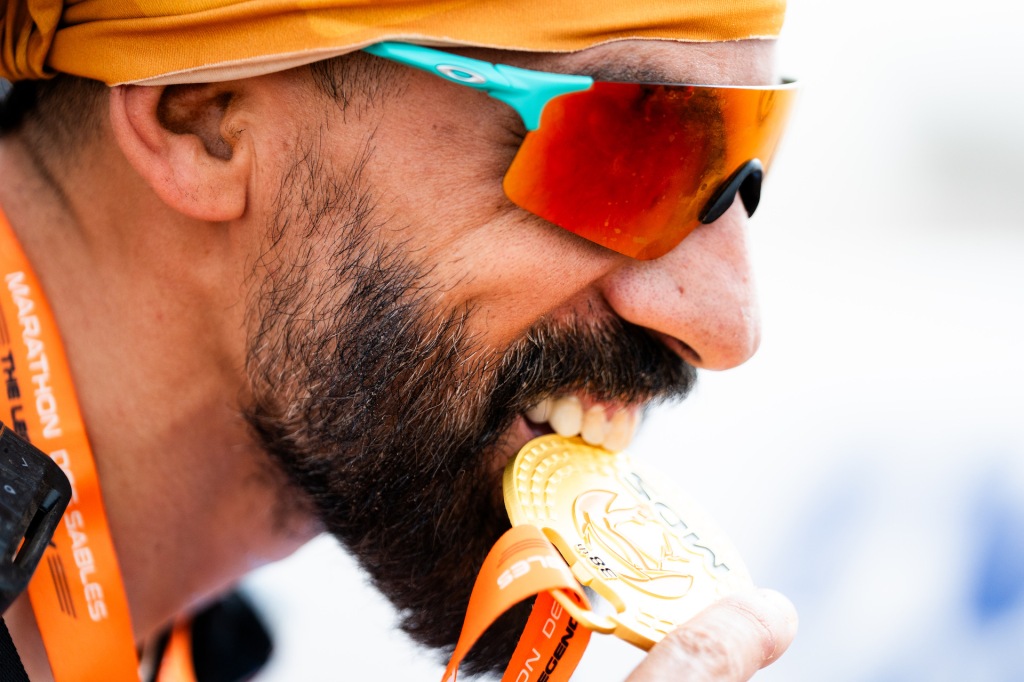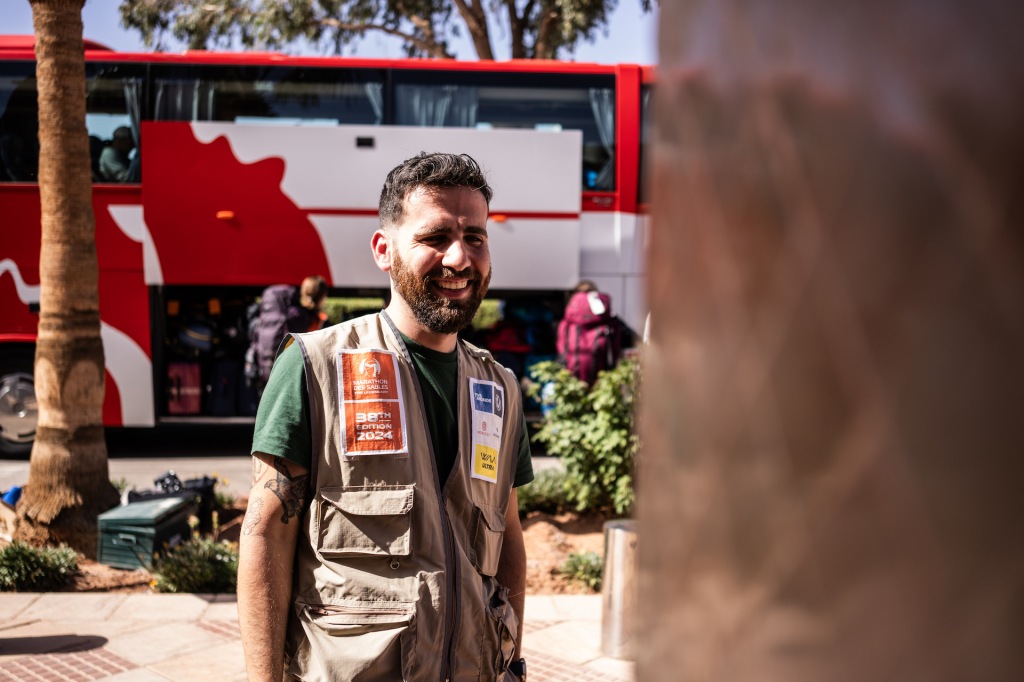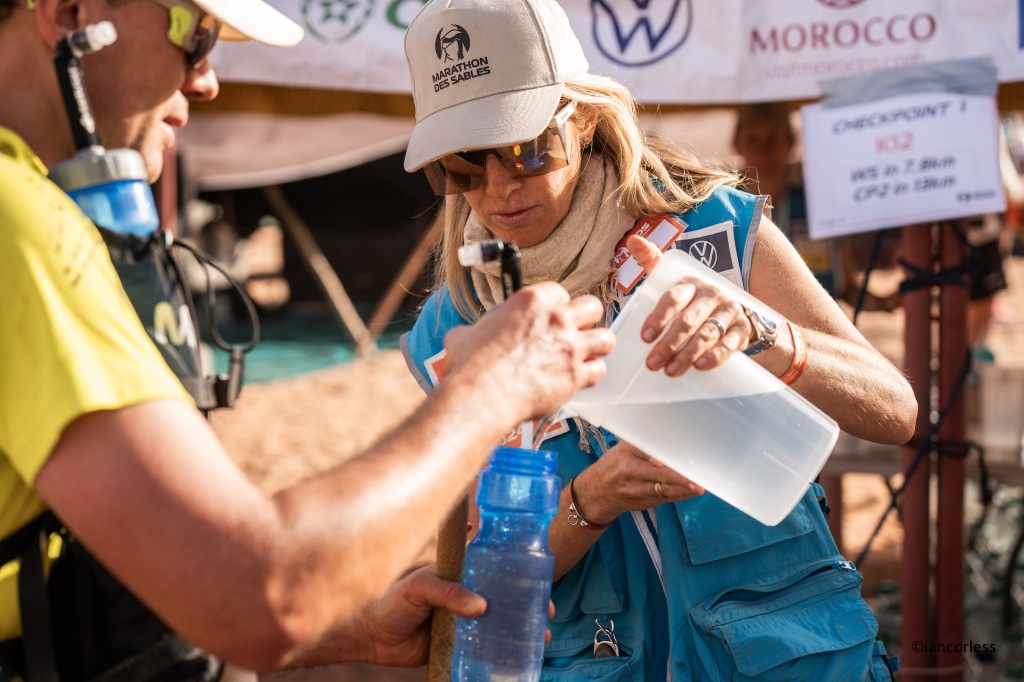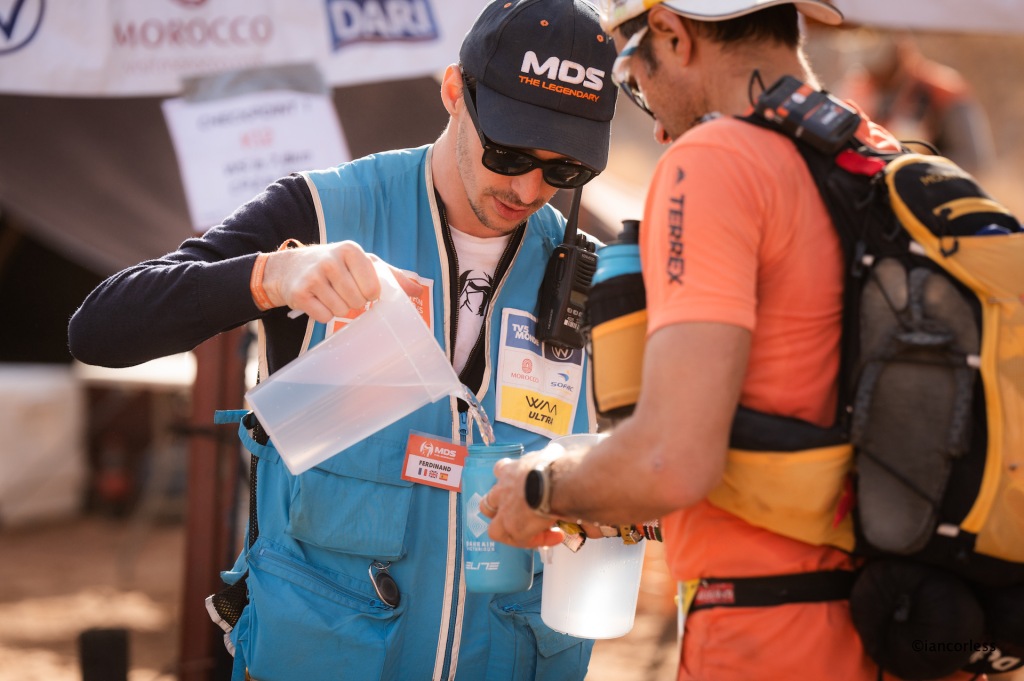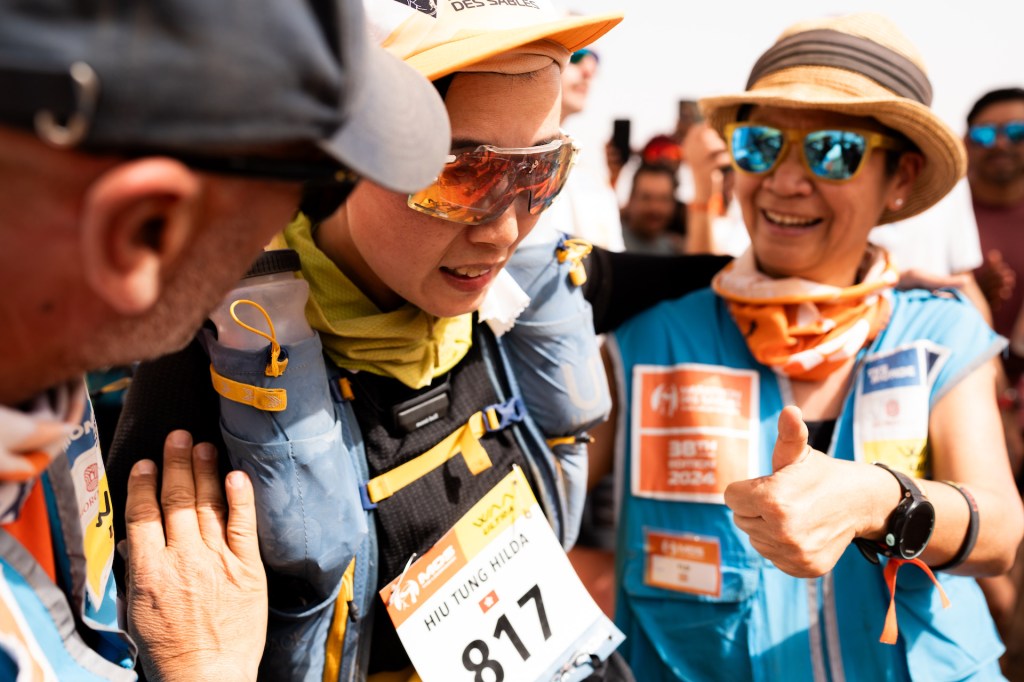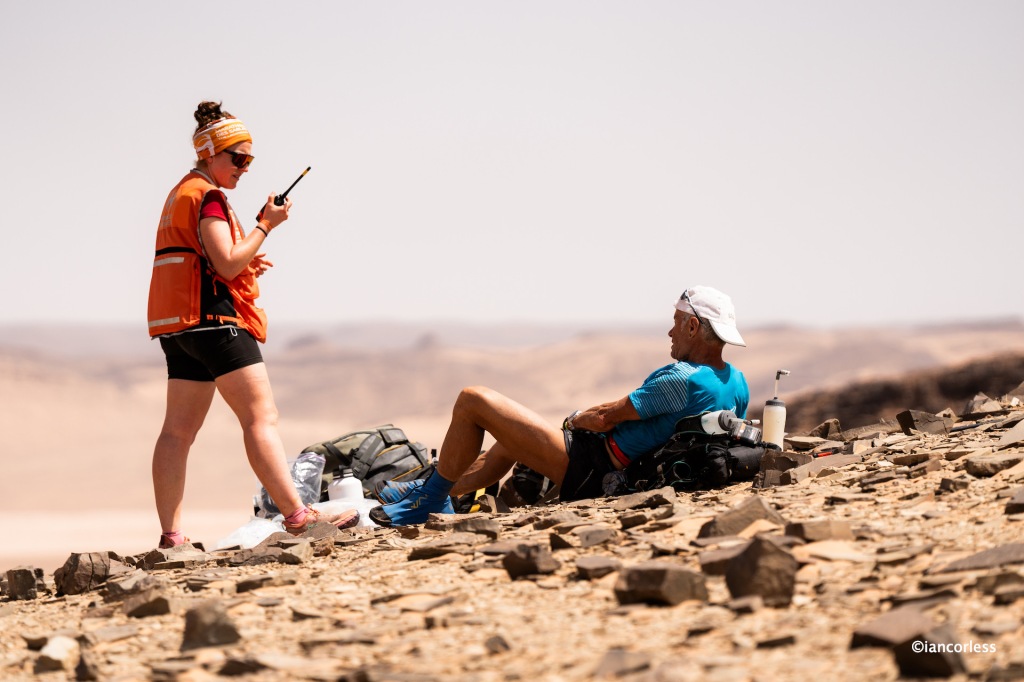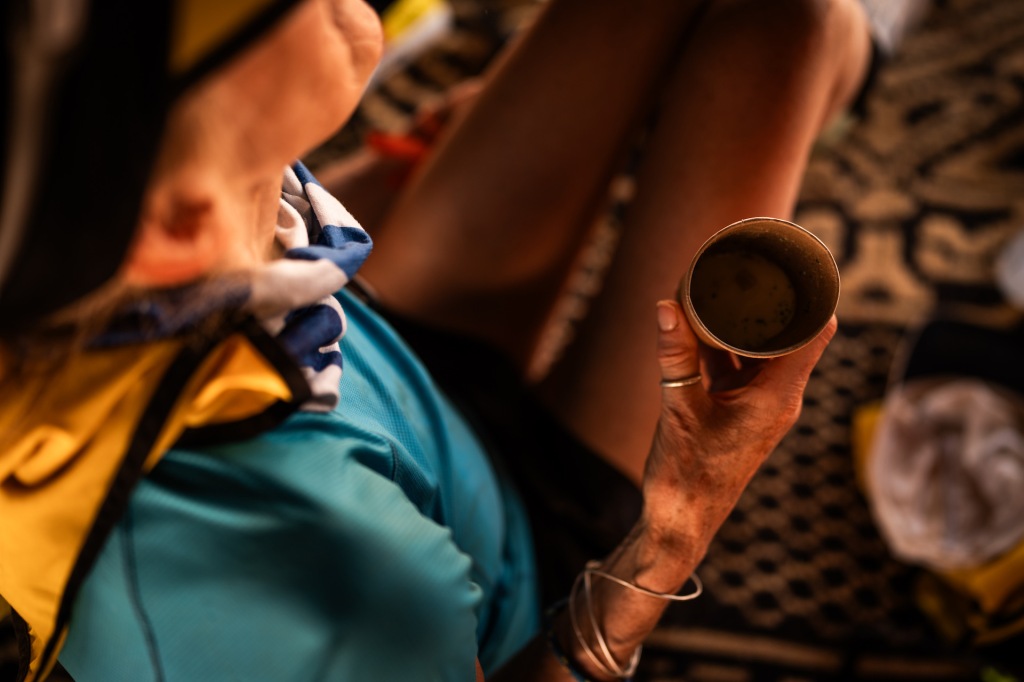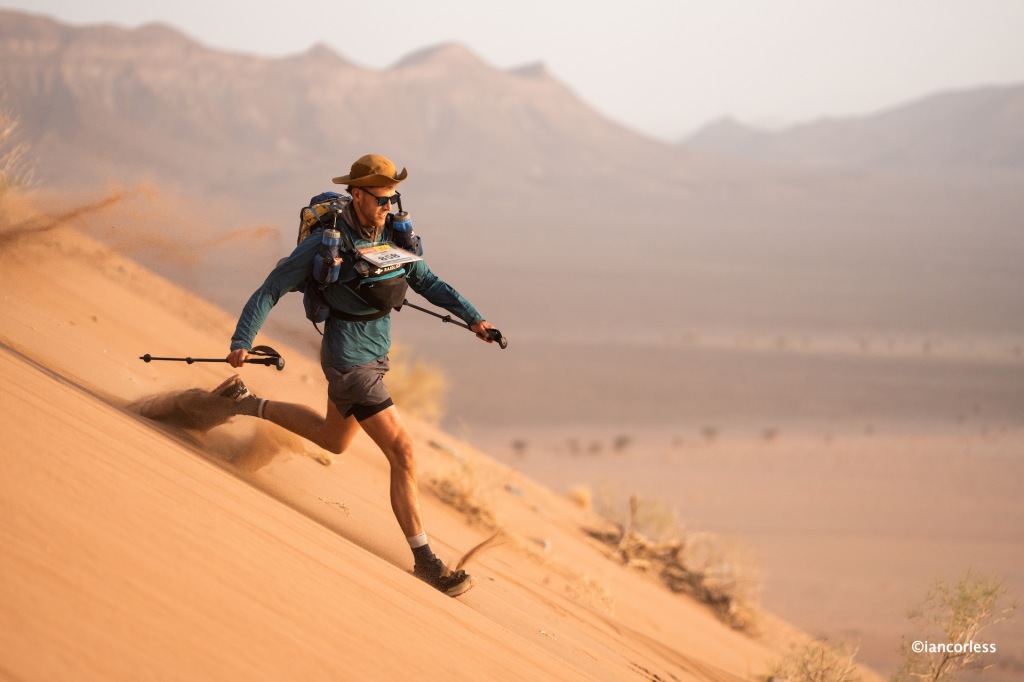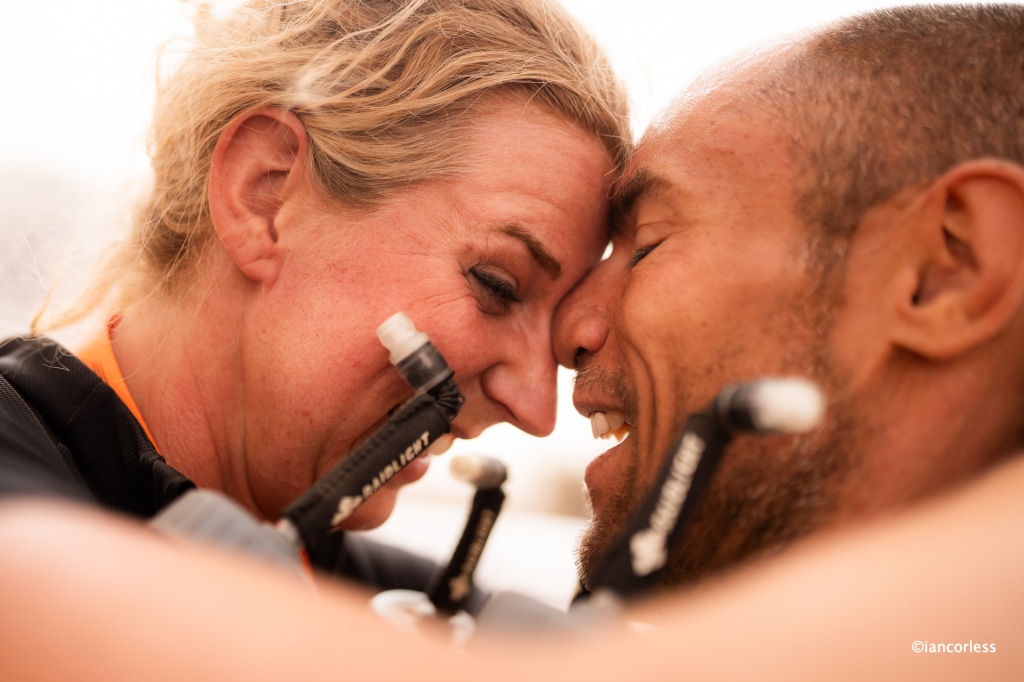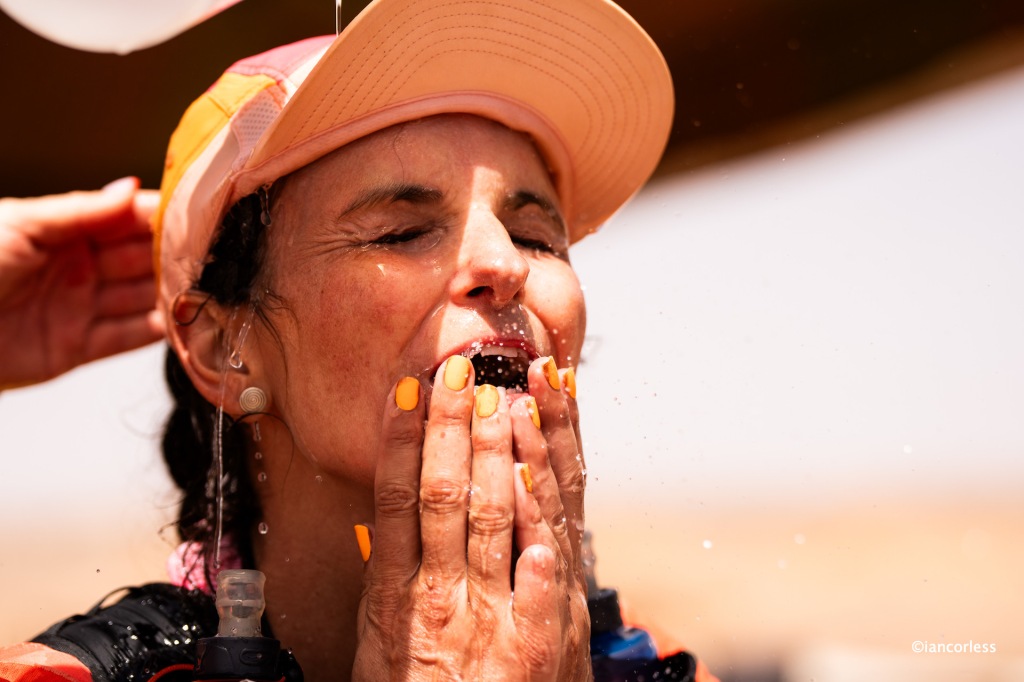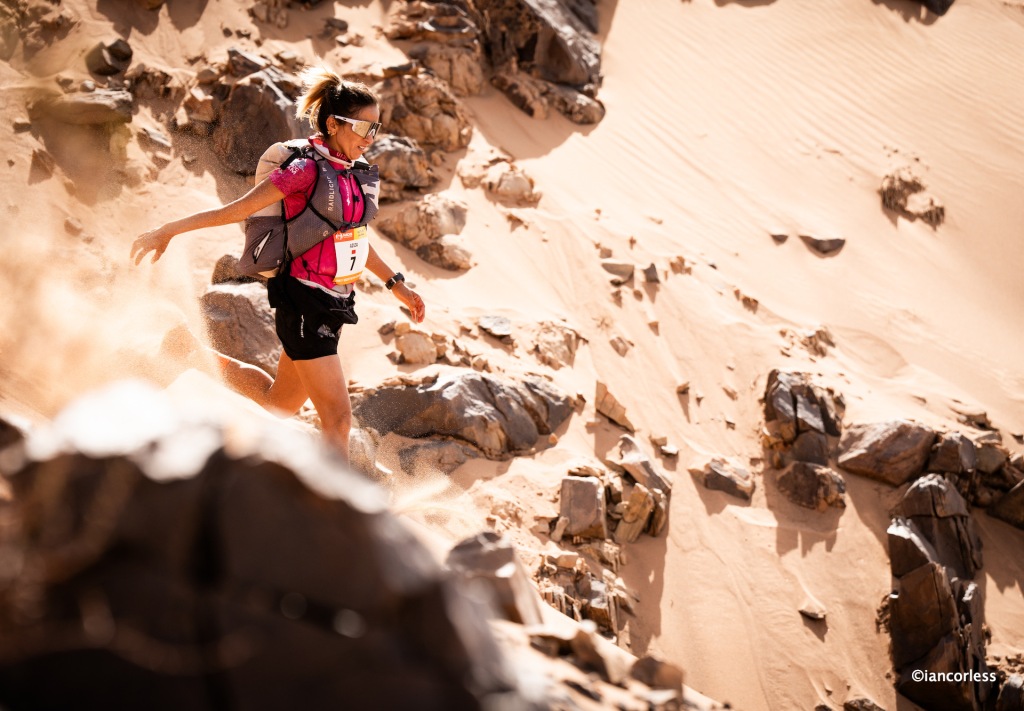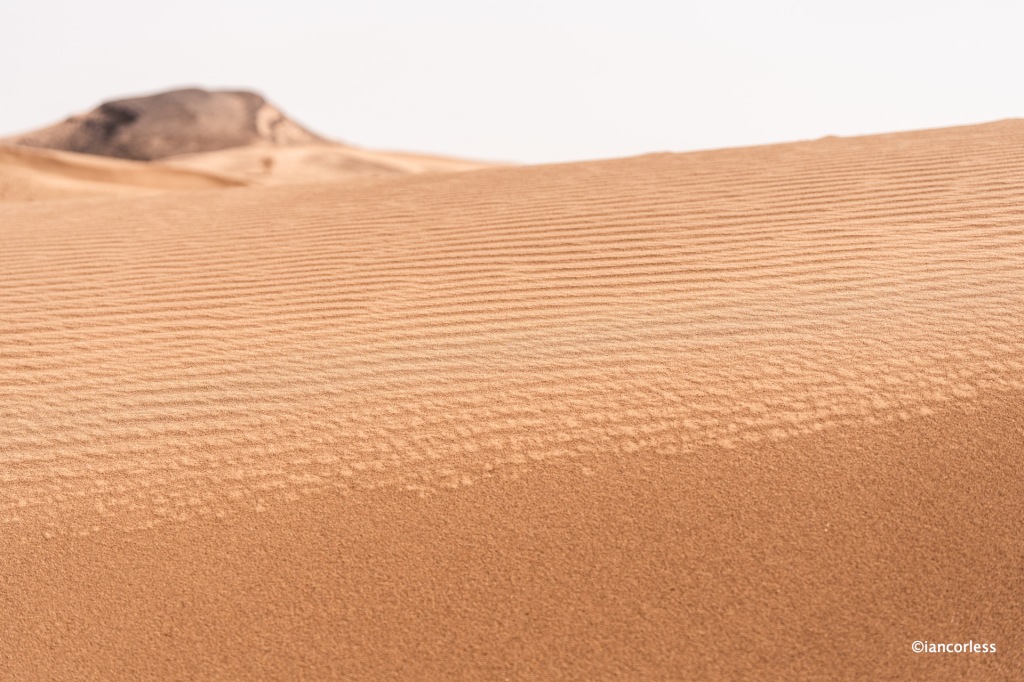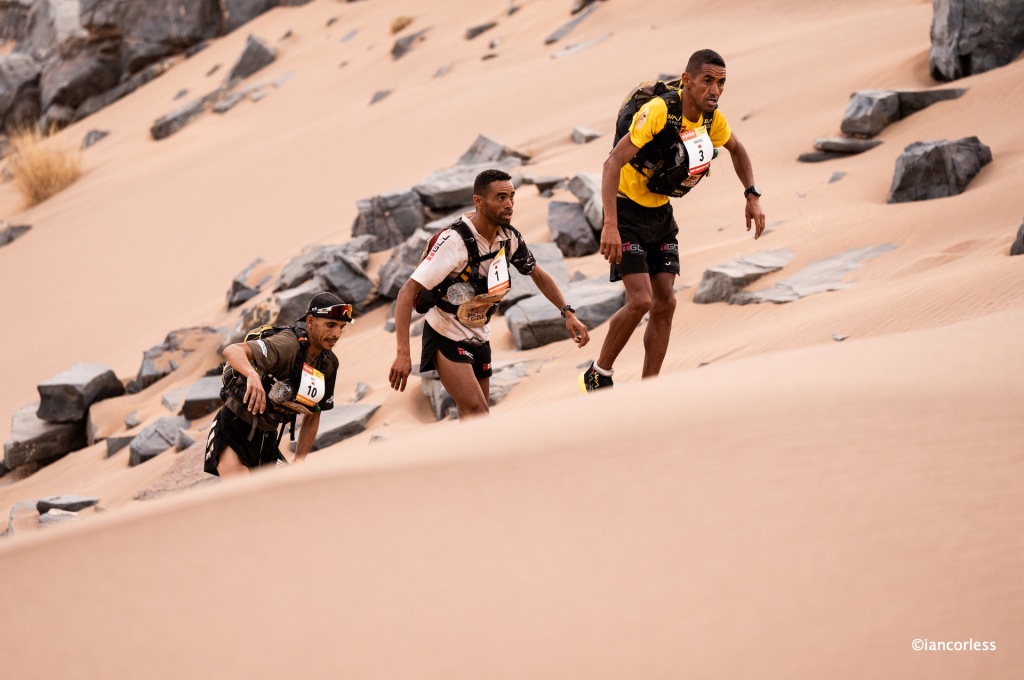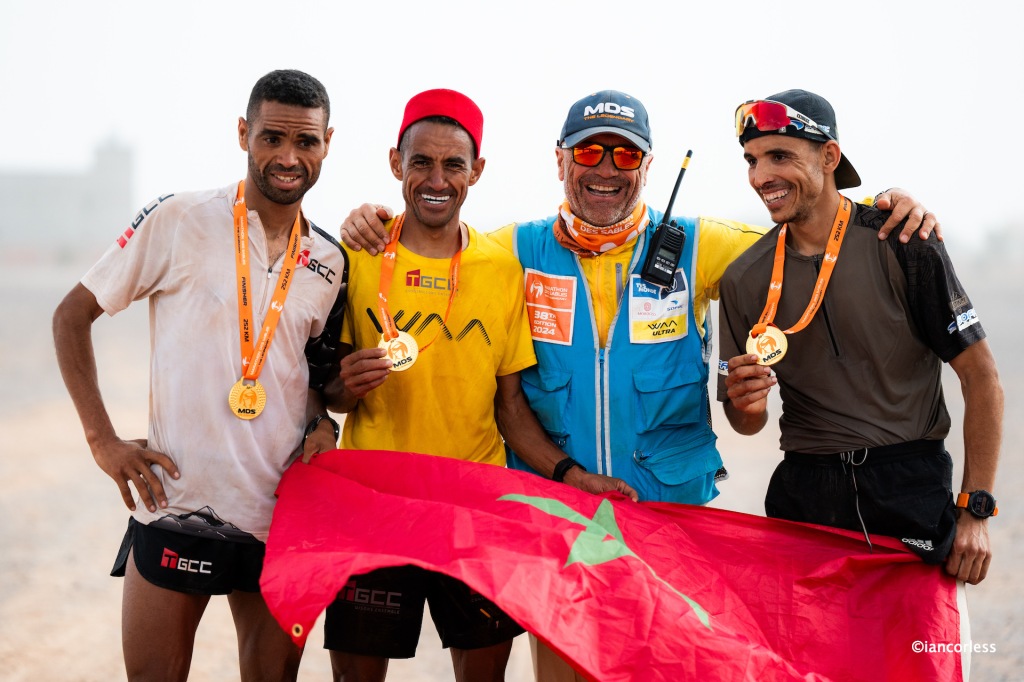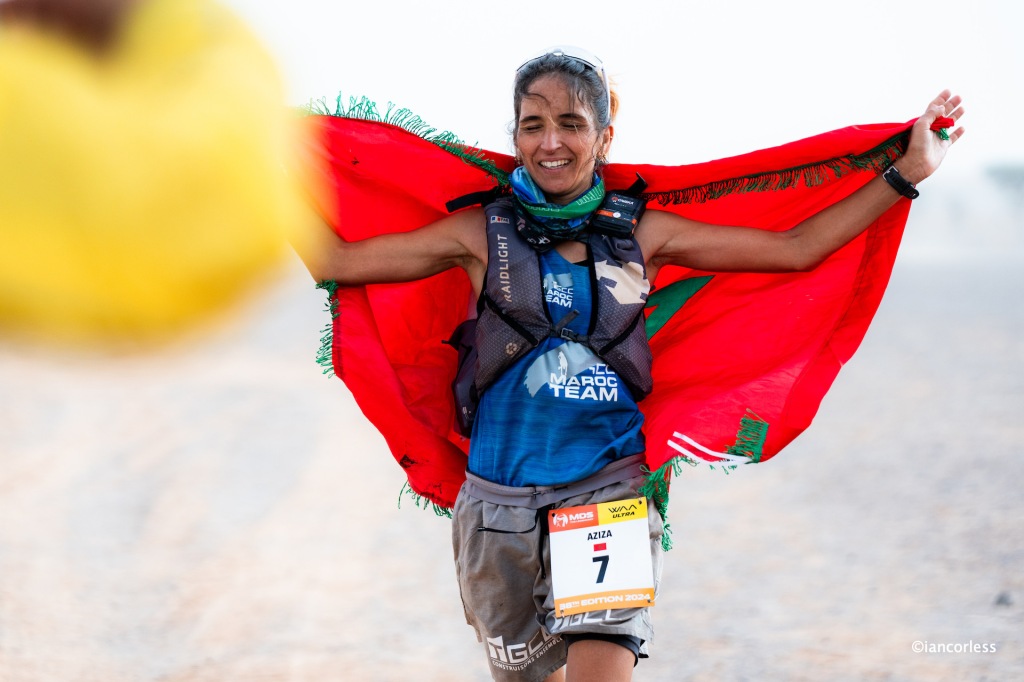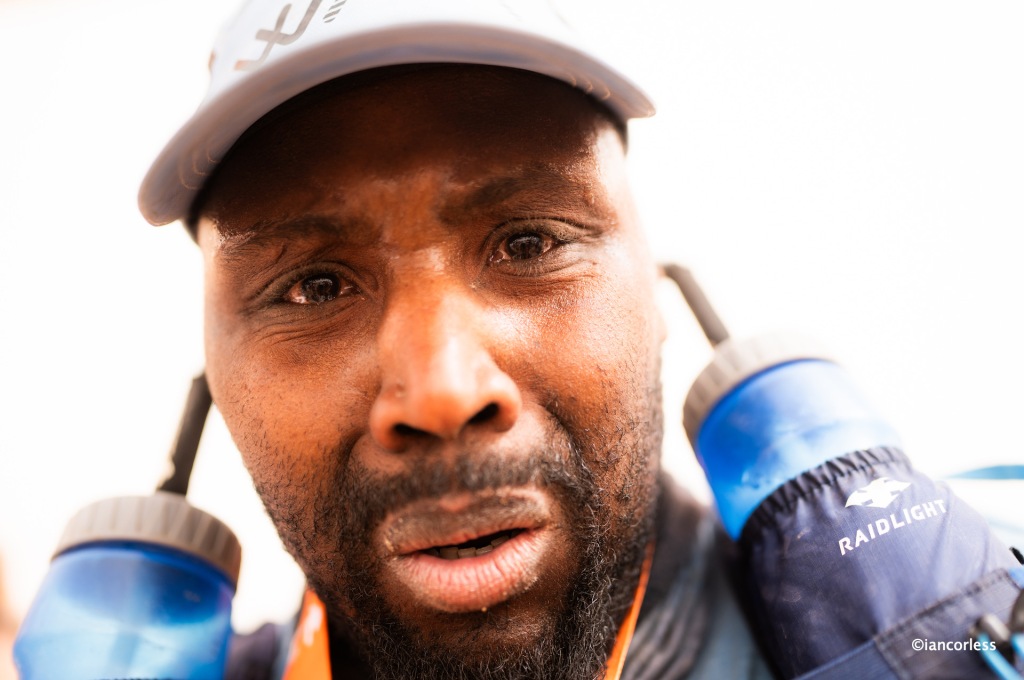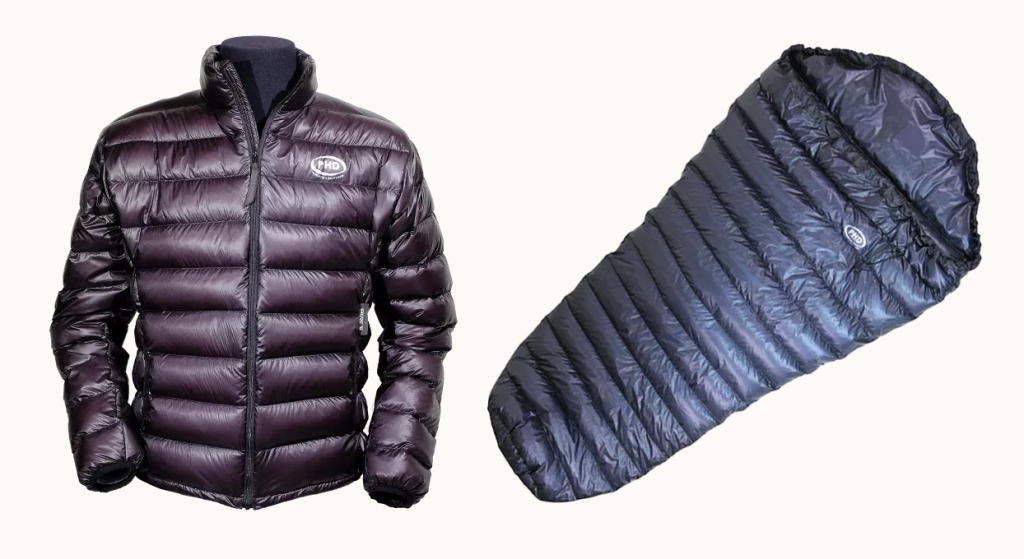
A key consideration for any self-sufficient multi-day journey is weight. Additional weight is just a burden, so, fine tuning equipment for your adventure is key.
In races such as Marathon des Sables, there is a requirement to be completely self-sufficient with just water and a shelter provided.
So, in addition to the clothes you are wearing, you must carry all the food required for the week, any luxuries and importantly warm layers: sleeping bag, sleeping mat, jacket and so on.
The debate, ”Do I need a warm jacket?” takes place every year and in all honesty, the most truthful answer is yes and no! It doesn’t help does it! The reason being, in a hot year, the need for a jacket can be very minimal or not at all. However, in a cold or cooler year, a jacket can be a life saver. So, the best answer here is usually have a jacket, take it with you and before the race, whilst in race location, make a decision based on the current weather and forecast.
Sleeping bag in some ways is easier to answer, yes, you need one! However, that is only the start of the process with a sleeping bag, you need to take into account key questions:
- Do I sleep warm?
- Do I sleep cold?
- Am I tall?
- Am I short?
- Do I have wide shoulders?
- Do I get cold feet?
And the above list can go on.
Also, budget is a consideration, there are many sleeping bag options and prices vary greatly.
Ultimately, for a jacket and sleeping bag we want the following:
- The lightest possible.
- The warmest based on our needs.
- The most flexible system.
I personally have always been in favour of having a jacket, mornings can be cold and evenings can be chilly, so, the option of a jacket is great. Also, if you have a jacket, you can look at taking a lighter, less warm sleeping bag and looking to ‘boost’ warmth if required by wearing the jacket inside the sleeping bag.
With all the above in mind, UK brand PHD have come up with a potentially perfect solution.
The ULTRA JACKET and the DESERT RACE HALFBAG.
Before discussing in-depth, PHD understand the need for weight v warmth, they also understand layering and the benefits of top-quality ethically sourced down.
The ULTRA JACKET is super light at 200g and is filled with 1000 fillpower down, good for temperatures as low as -5 deg.
The DESERT RACE HALFBAG is a half size sleeping bag weighing 240g. This bag stops at the waist is filled with high-quality 950 fillpower down and is designed to keep legs and feet warm. However, the technology does not stop there. Understanding that deserts can be windy, they have added a neck-length sand cover or extender to cocoon your body, arms and hands to cut out air movement. This allows the user to regulate warmth and comfort.
If it is cold, you quite simply add the ULTRA JACKET and then pull the neck-length sand cover over.
This combination provides a sleep/ warm system for well under 500g that packs very, very small. Effectively, with this combination of products, not only do you save weight, but you increase flexibility and options.
THE JACKET

The Ultra Jacket weighing 200g for a men’s medium is a high quality product filled with 1000 fillpower down giving warmth to -5 degrees. It is a simple, no frills product designed to be as warm as possible and as light as possible. The outer fabric is windproof which adds to the warmth. It does have hand pockets with no zips, again to save weight. There is a zippered inner chest pocket. Standard colour is black but it is possible to choose red and as with all PHD products you can have a custom make with Hypershell or you can add a hood. You can also have a custom fit, specifying body width, body length and arm length.
Prices start at 498.00 UK pounds / 582 euros.
PHD say, “Our lightest sub-zero down jacket. A ‘K Series’ product. Warmth to weight at the limit of possibilities for extra-keen lightweight backpackers and mountain racers. Now also available in custom sizes.”
THE BAG

The Desert Race Halfbag is a simple, lightweight and effective solution for those looking to save weight, increase flexibility and still keep warm, it comes in a standard length.
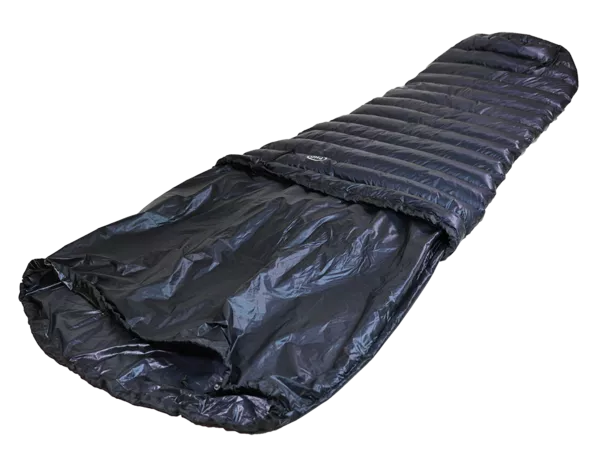
The addition of the neck-length sand cover increases warmth and flexibility on windy and cooler nights. Using top-quality 950 fillpower down, this half bag is incredibly light and packs small. It has stitch through construction ensuring down stays evenly spread with no cold spots. As with all PHD products, it is possible to have a custom make, for example add a zip, have it made short or long, choose a colour (green, red, black or white) or you can add Dri-LX outer fabric.
Prices start at 342.00 UK pounds / 400 euros.
PHD say, “Designed specifically for desert racing. From the legendary Saharan Marathon des Sables to the Kalahari’s KAEM, and the growing number of events in the Gobi, the Atacama, the Australian interior and all around the world, these events have their own particular set of challenges to overcome. Sweltering 40 degree (C) race days can give way to 4 degree (C) nights – that’s cold enough for frost – in which warmth, sleep and recovery play a vital part in preparation for the next day’s challenge.”
Read about the down HERE
- 950. A newcomer to our range. European goose of rare quality. A high value alternative at the top levels of performance. We have introduced a wide range of options in 950 in response to the soaring cost of 1000.
- 1000. European goose down of unique quality with exceptionally large lively clusters. 1000 provides the highest warmth-for-weight performance possible from down and has been used in PHD products since 2008. Unfortunately, scarcity (and the fashion industry) continue to push up the price steeply every year. This rarest of all downs we reserve for the K Series, our lightest products right through the range from marathon ultralights to alpine kit and on into high mountain gear.
IN USE

The system is absolutely brilliant and I have fallen in love with the weight of the two items, the flexibility to adjust my sleep comfort temperature and when it has been cold, the down jacket really gives a massive boost and pulling up the neck-length sand cover encapsulates me so that I feel I have a full sleeping bag.
There are some important points to consider, the effectiveness (warmth) of the jacket and half bag is improved by using a sleeping mat which adds comfort and insulation from the ground. Also, I intentionally chose a jacket with no hood as I preferred the lighter jacket weight and the option to add a hat or beanie to increase warmth. It’s really simple, want a jacket or sleeping bag to be warmer, cover your head.
CONCLUSION
The combo of jacket and halfbag is now, without doubt, going to be chosen fast-packing/ multi-day option. It just makes sense. I have a really warm jacket for sitting around. I have a really warm halfbag and when the two are combined, I have a really excellent and adaptable system for sleeping. The light and storable sand cover is really simple, use it or don’t use it, no worries, but the extra security and protection this gives is brilliant. PHD are really on to something here.
With high quality down products and lightweight fabrics, they compress and adapt when packing, so, adding these to a race bag after packing they will take up little or no space. As an example, I used two small dry bags (3L) by Osprey and Sea-to-Summit and packed the jacket and bag away to see how small I could compress them.
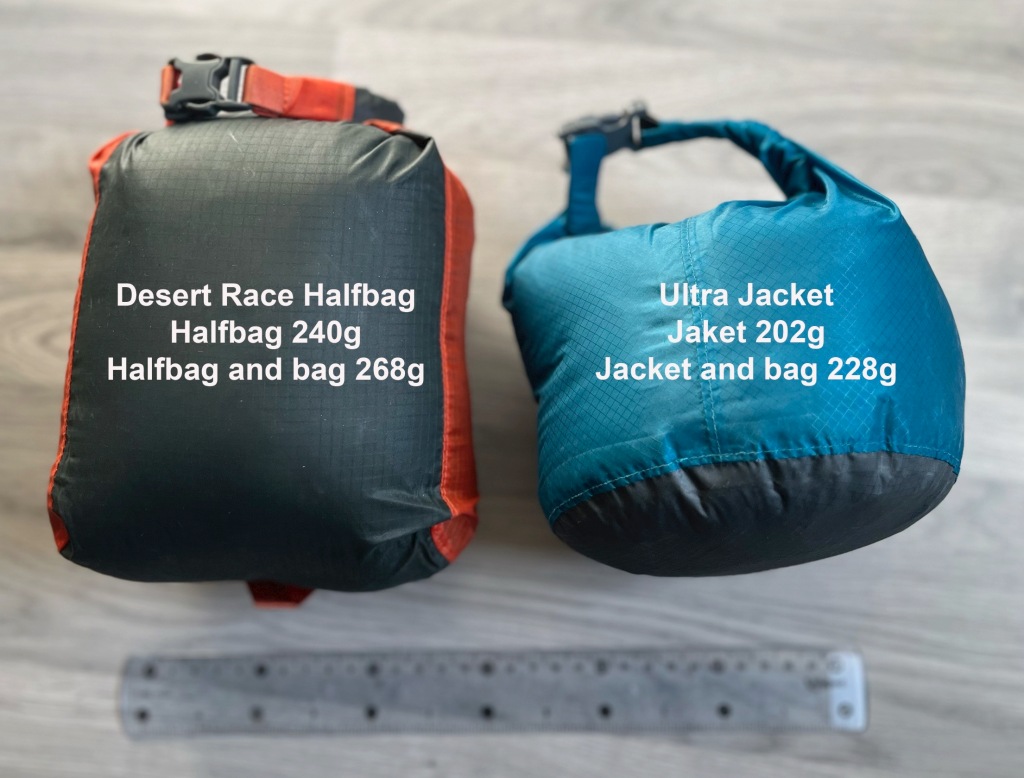
Are there any downsides? Yes, the price. The jacket and halfbag in standard configuration will cost you 840.00 UK pounds/ 982 euros. That is a hefty price tag. However, if you look at the cost of a down jacket and full sleeping bag, the prices are comparable, +/-.
This offer by PHD does not come cheap and yes, you can shop around and find options that are considerably cheaper. I guess I look at this a little like buying a car, any car providing it has fuel and it is in working order, will take you for A to B. However, based on desires, budget and the desire for the best, you can do that A to B ride in a small Fiat or a Ferrari. PHD are coming at the Ferrari end offering a luxury bespoke product that is extremely light, packs really small, is perfect for the task that is required and for that, you pay a price!
Only you can decide if it is worth it!
I have been using PHD for over 10-years, I have used their Minim bags in the Sahara and the Hispar bags in the Himalayas. The ability to have custom features has been, at times, a luxury. My original Sahara bag had no zip to save weight, however, my next bag had a full-zip which allowed me the option to use it as a blanket/ duvet. The Ultra Jacket and the Desert Race Halfbag has taken things to a next level and in doing so, they have provided me multiple options for temperature regulation in varying climate conditions and I love this. Should I go to a very cold climate in the future, I could now use this jacket and halfbag in combination with my Hispar bag to give me excellent sleep comfort below -20degs, that is awesome.
Go to PHD HERE
Read about the PHD sleep system HERE
PHD have always made a superb product, it is made in the UK with the highest quality products and importantly, ethically sourced down, which comes at a price. They may be expensive, but you get a top-quality product and excellent after service and care.
Reviews:
“It worked exactly as described. I consider the temperature ratings accurate. We had a couple of nights when the wind picked up and the sand blew. When this happened I was grateful for being able to pull the sand sheet on the half bag up over my head and use the drawstring to keep the sand out” – Gareth Scobie (Marathon des Sables competitor).
“The sensation of immediate warmth in the Ultra Jacket is unsurpassed. The 1000-fill is so high-lofting, it puffs up as if a pump has been attached. Rare and wonderful.” – Judy Armstrong in TGO Magazine.
“For me the half bag and pullover was perfect, probably the best bit of kit I bought. To be wearing the top half as a jacket in the evening, then slip into the lower half was simplicity itself. It was plenty warm enough…” – Dain Jensen (Marathon des Sables competitor).
Follow on:
Instagram – @iancorlessphotography
Twitter – @talkultra
facebook.com/iancorlessphotography
Web – www.iancorless.com
Web – www.iancorlessphotography.com
Image sales –www.iancorless.photoshelter.com




